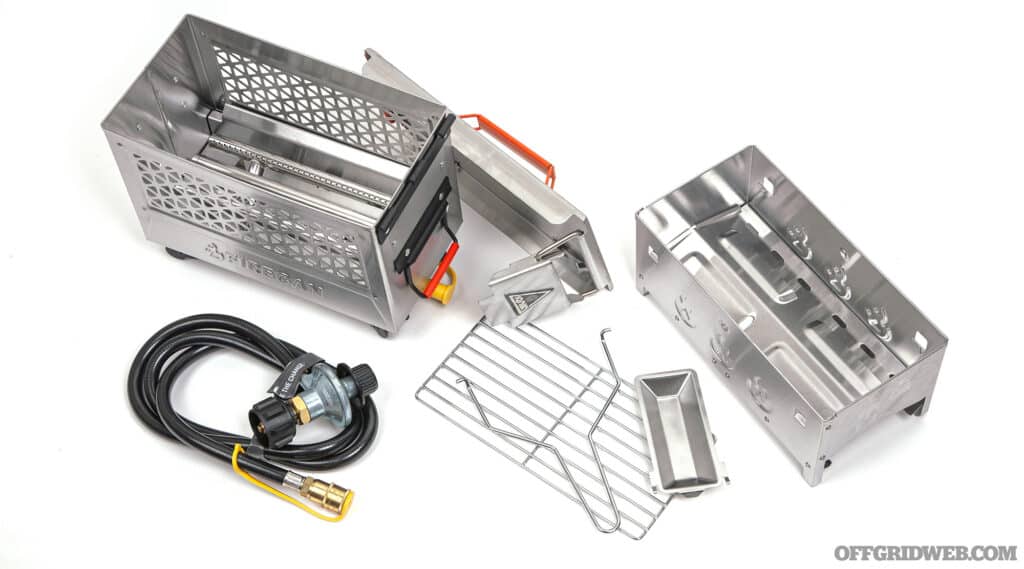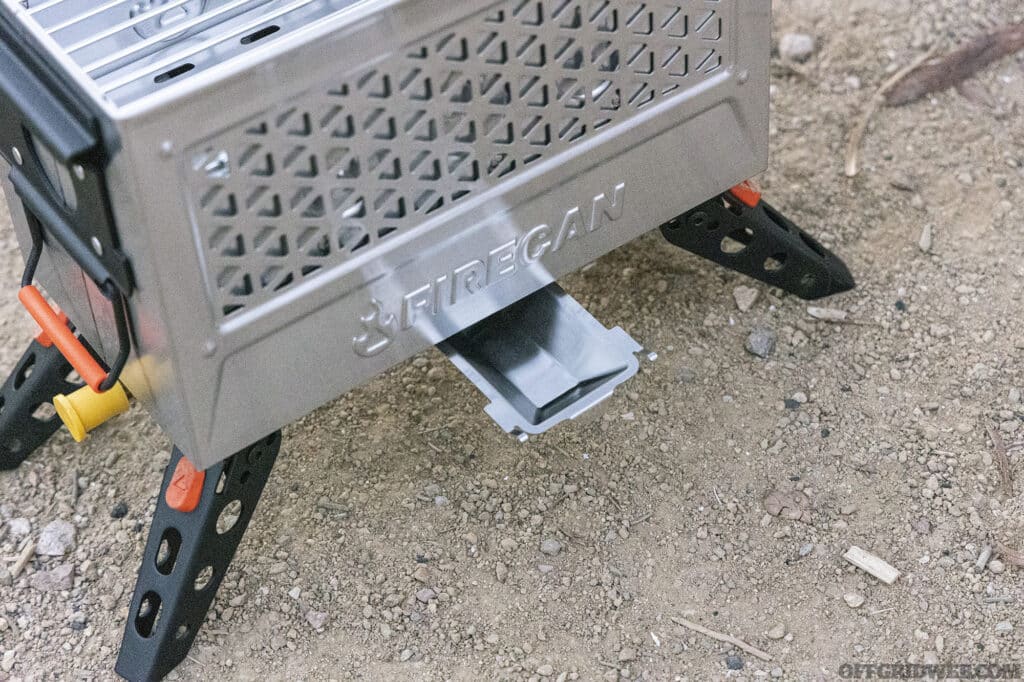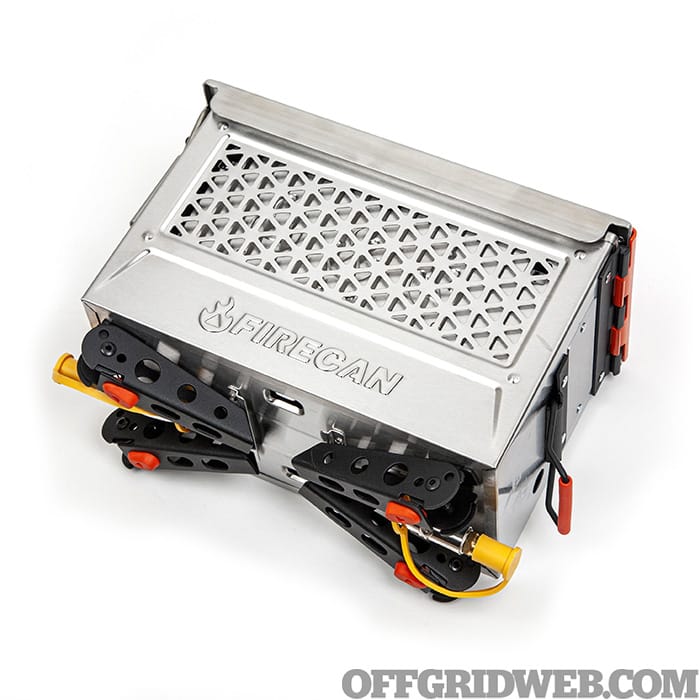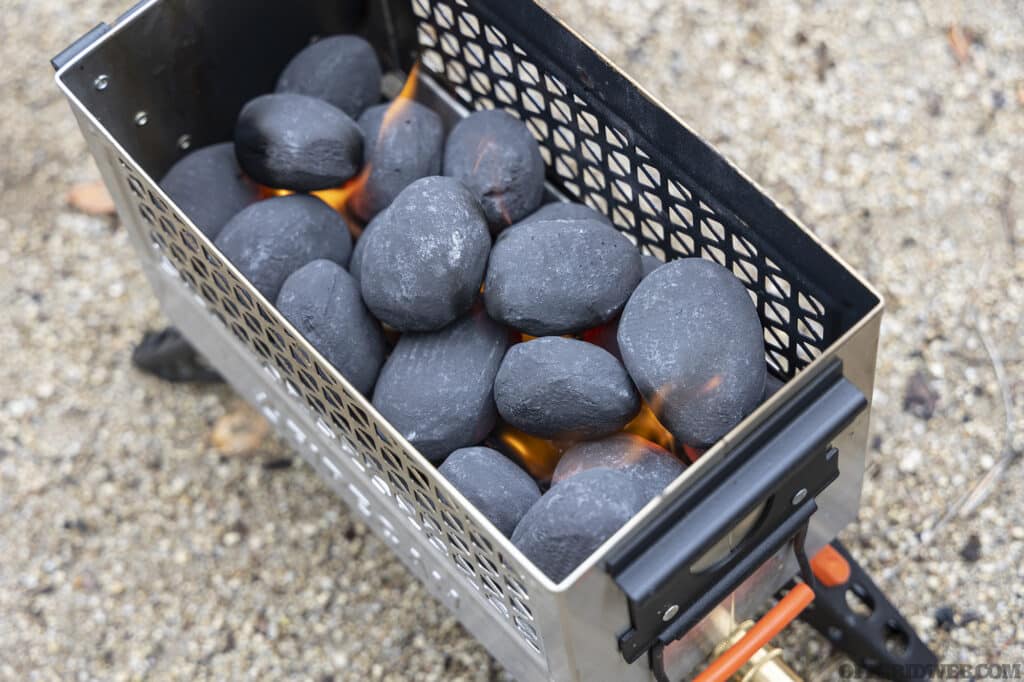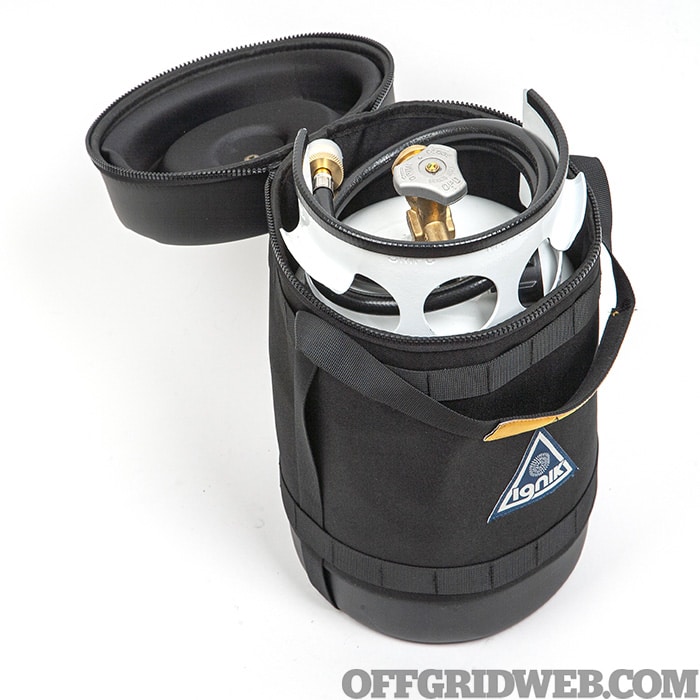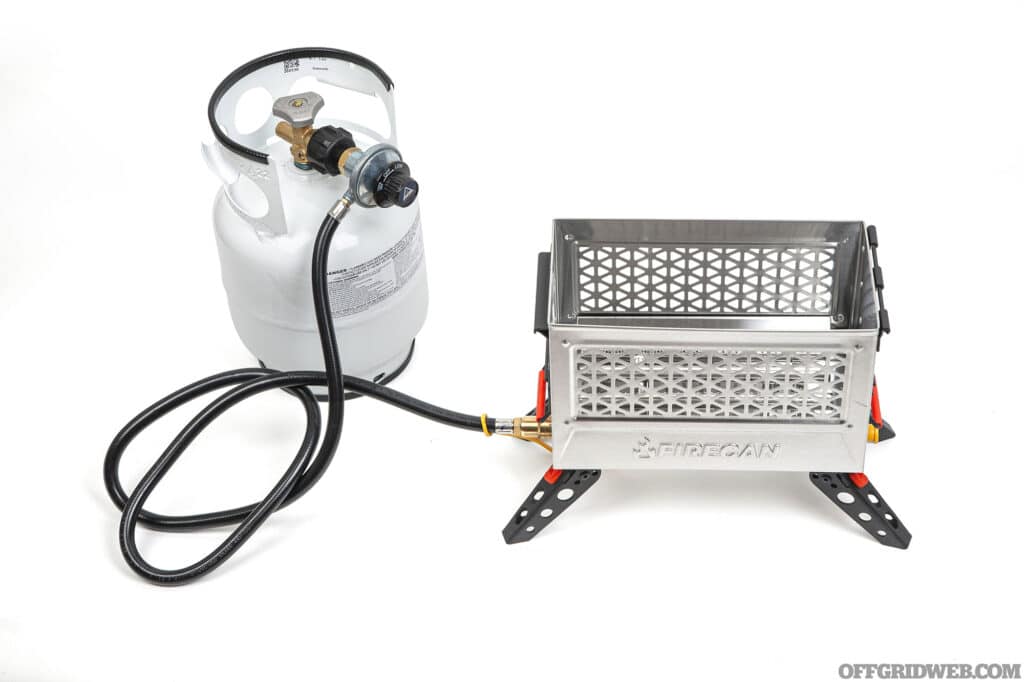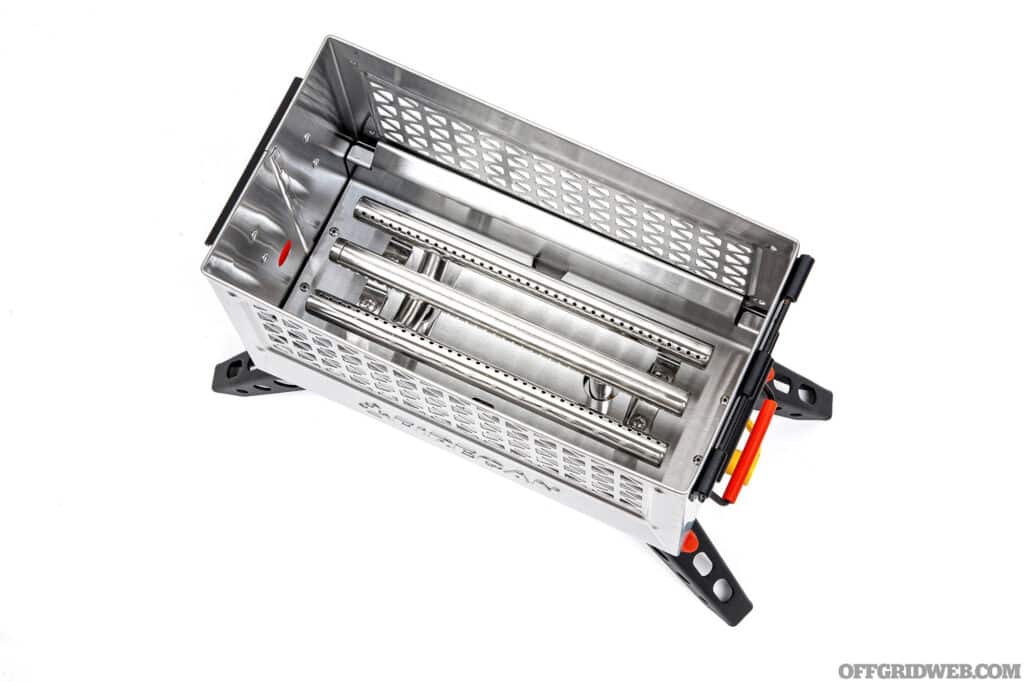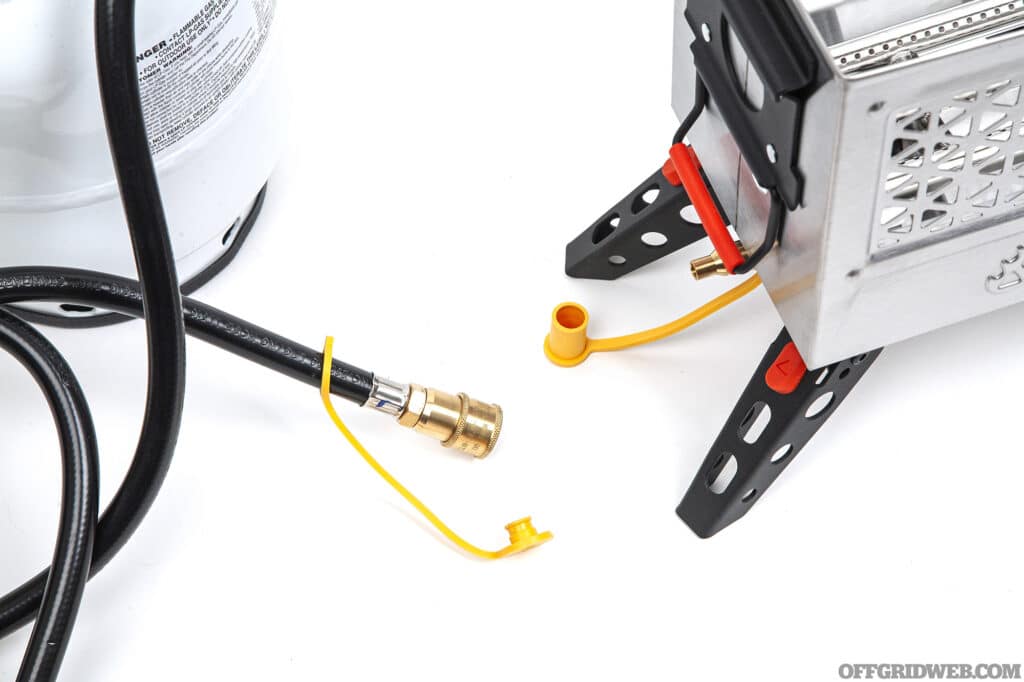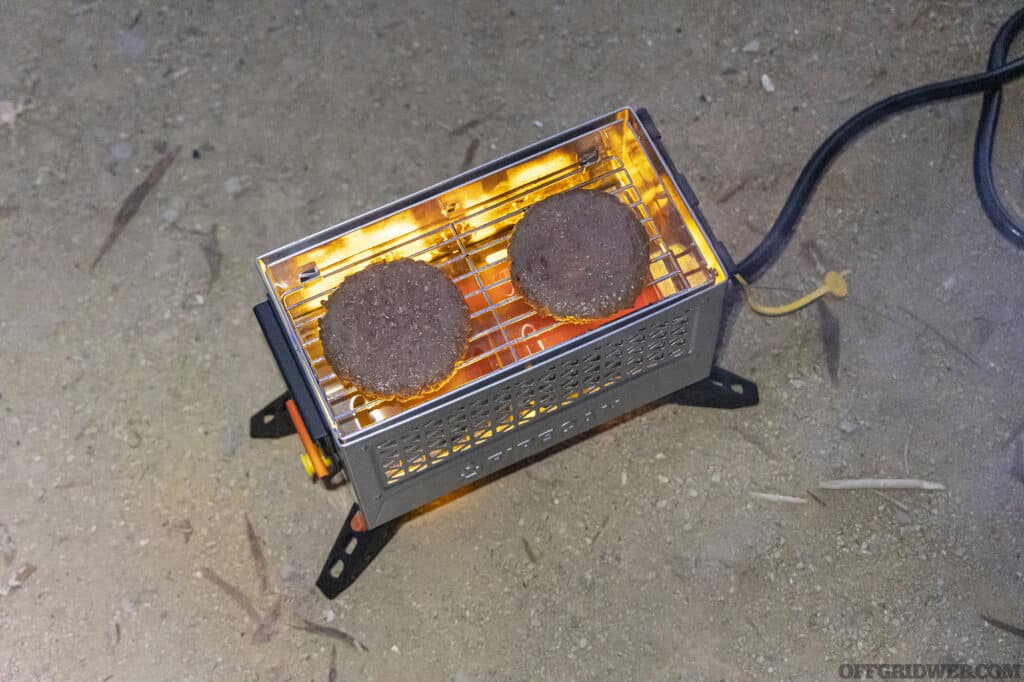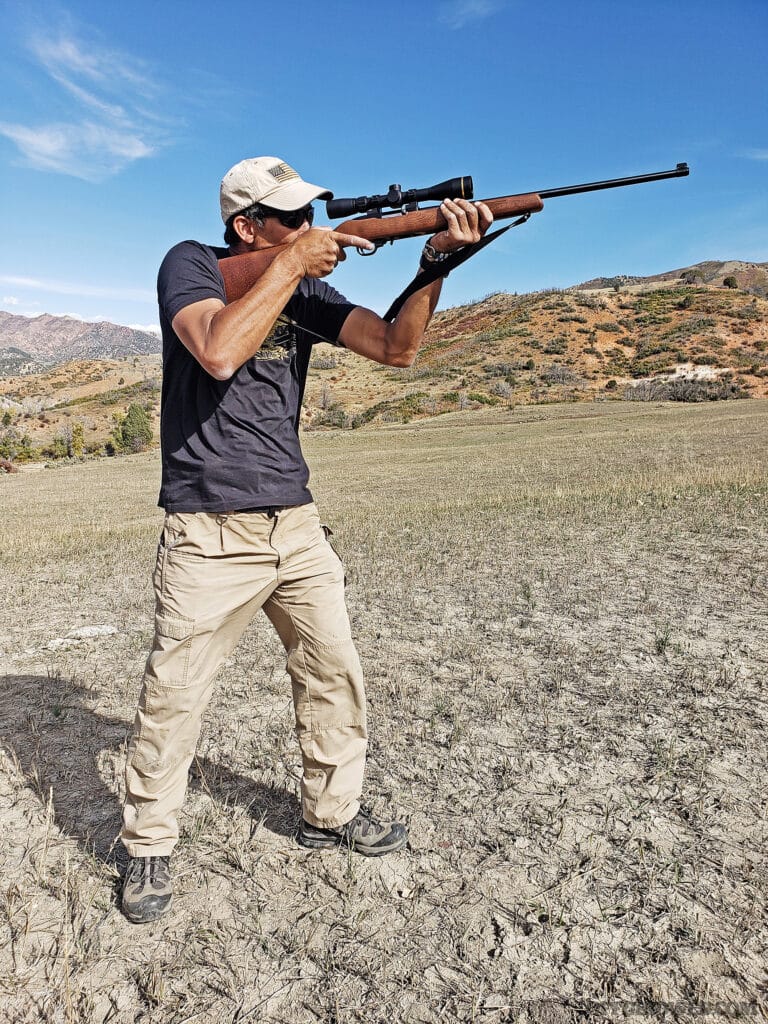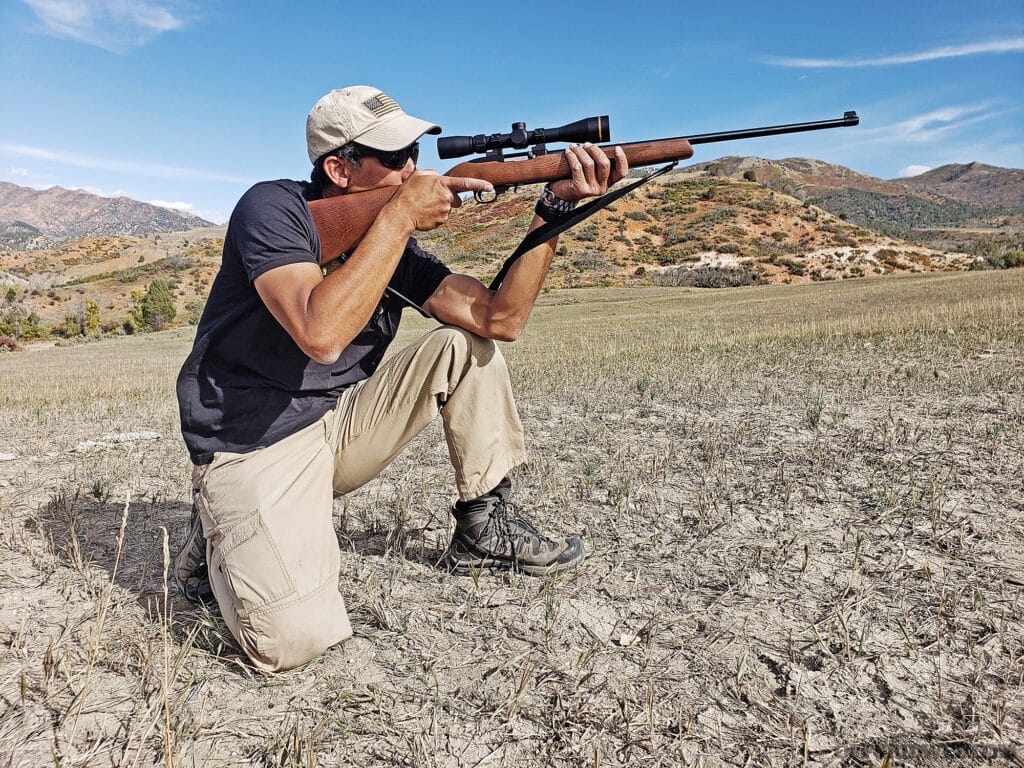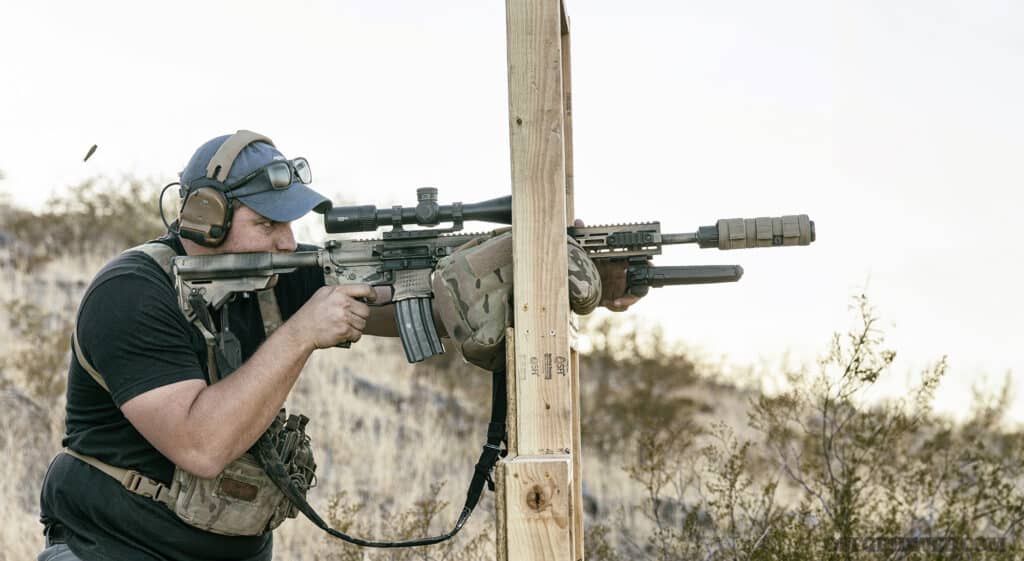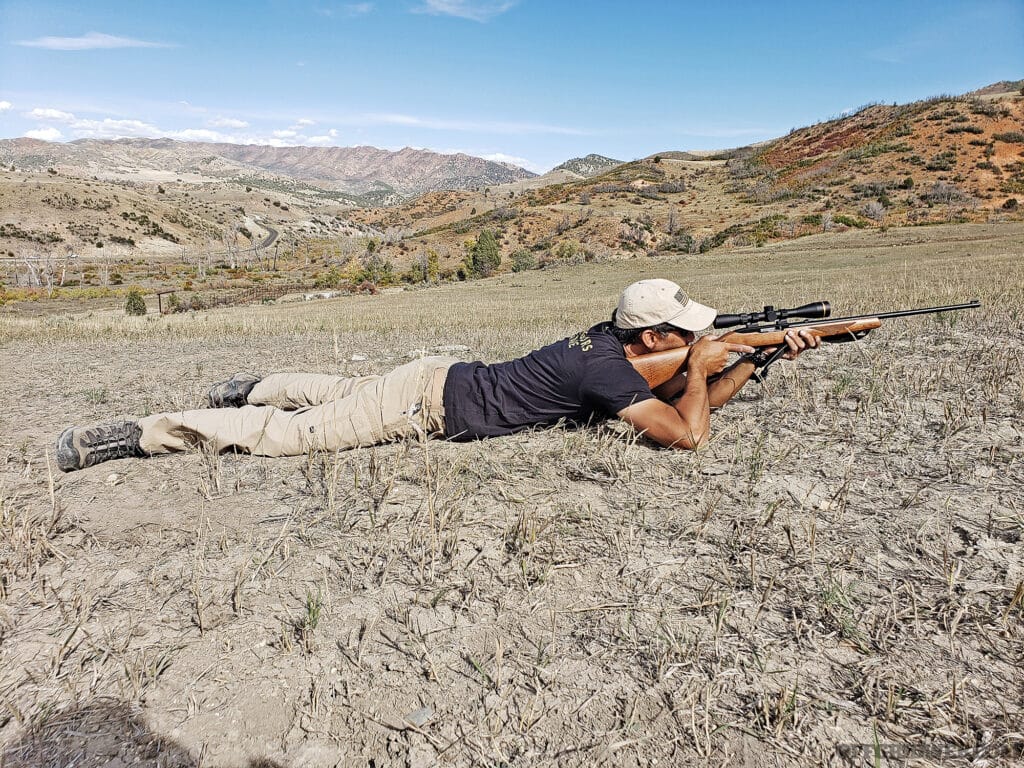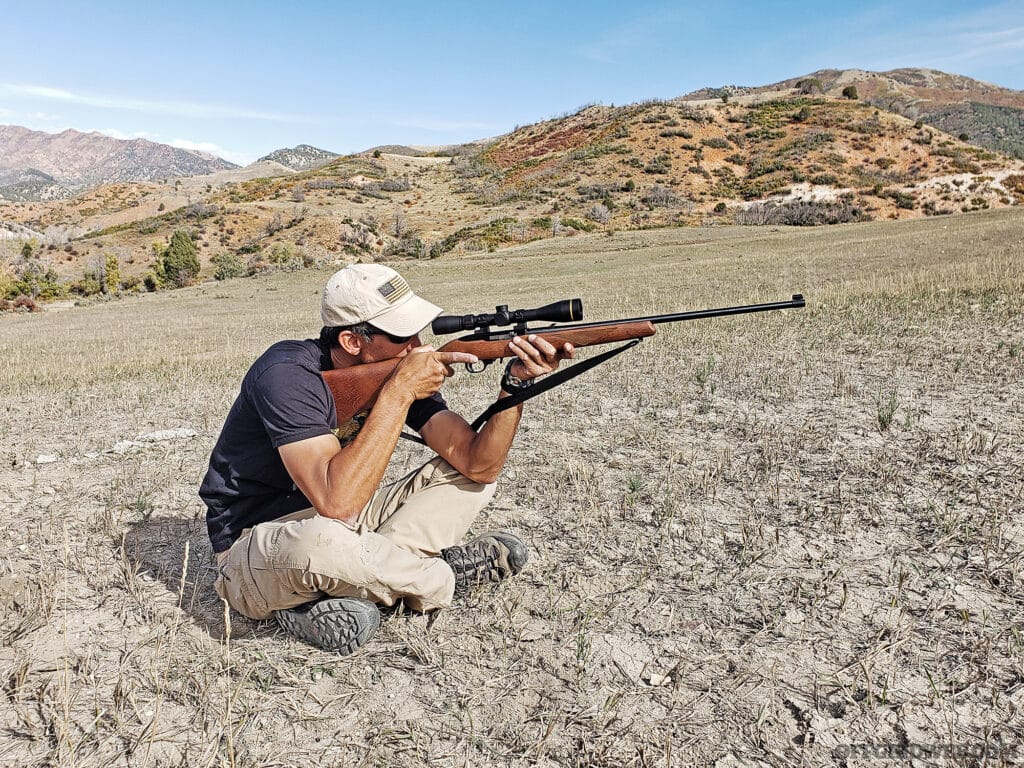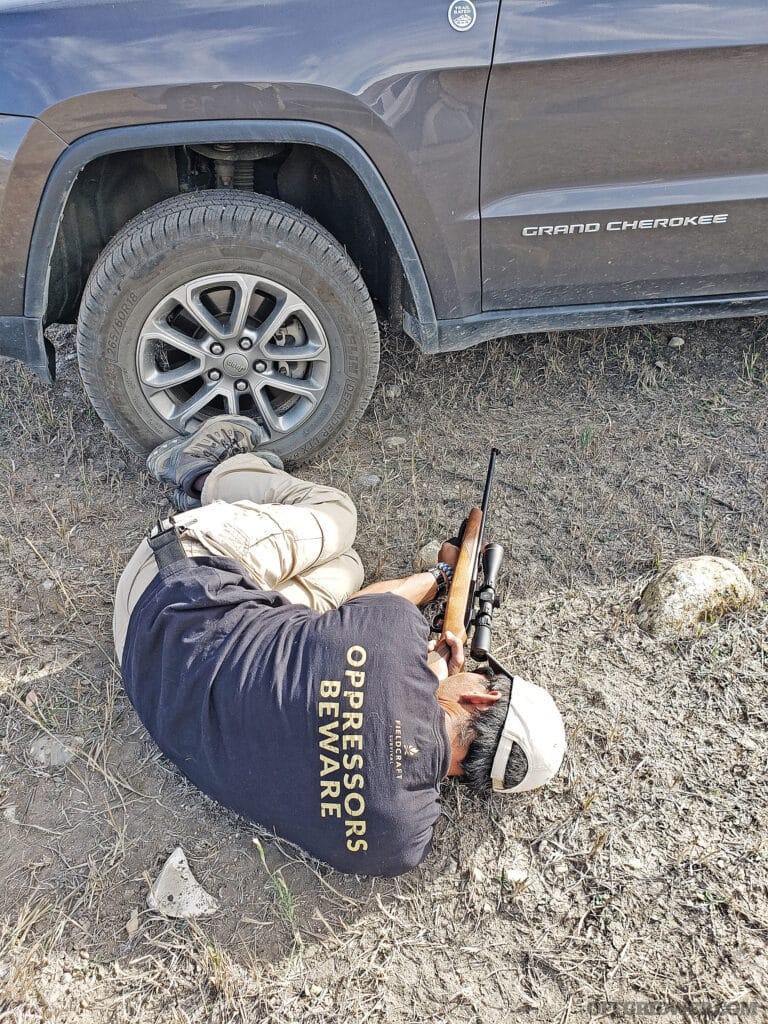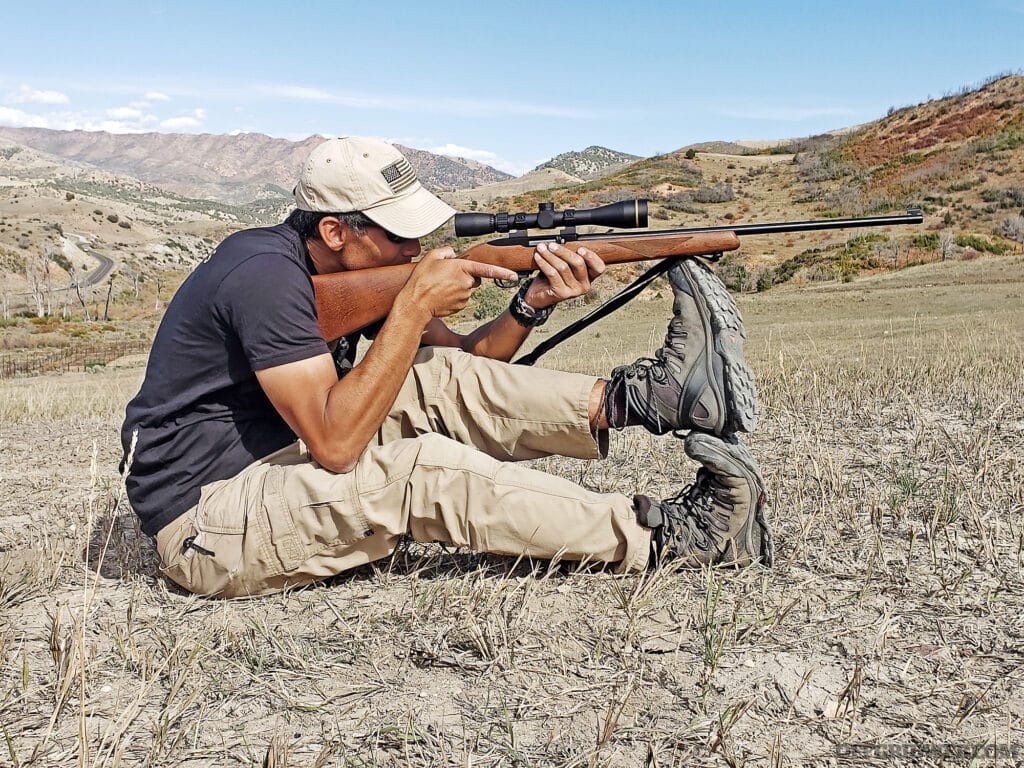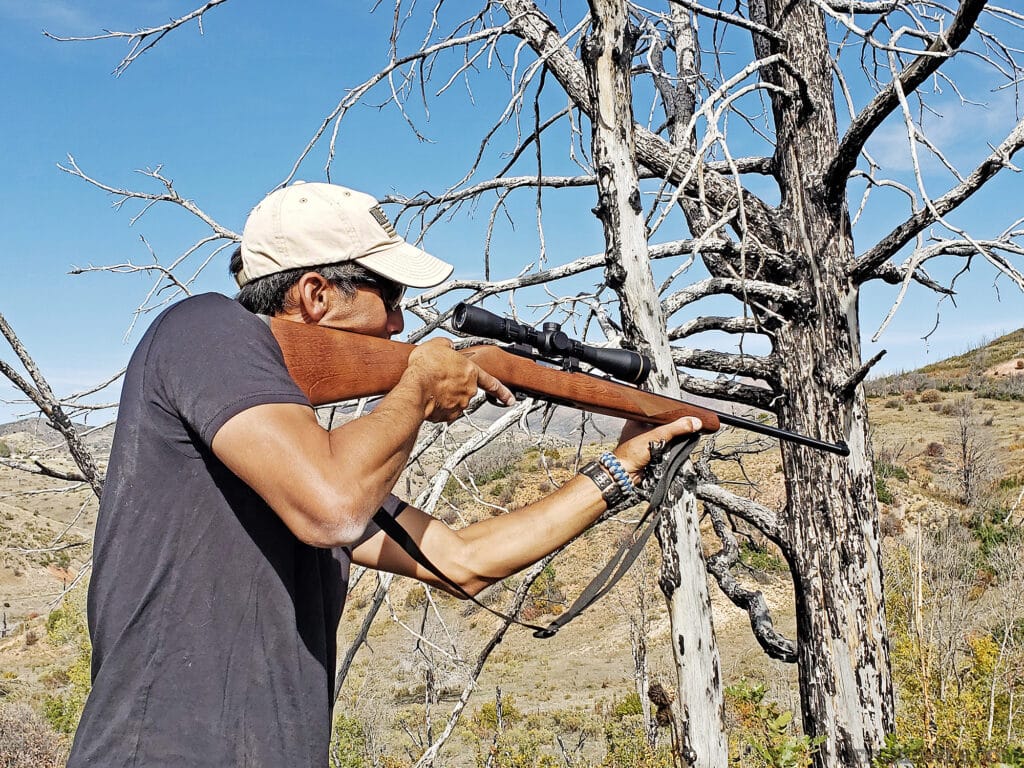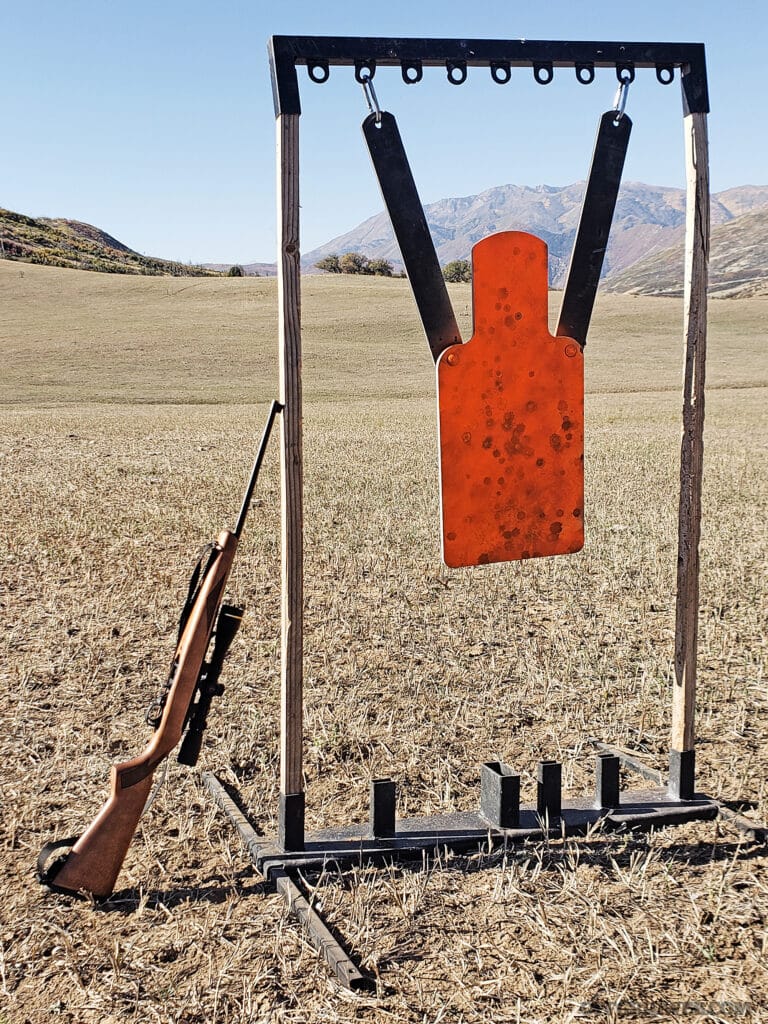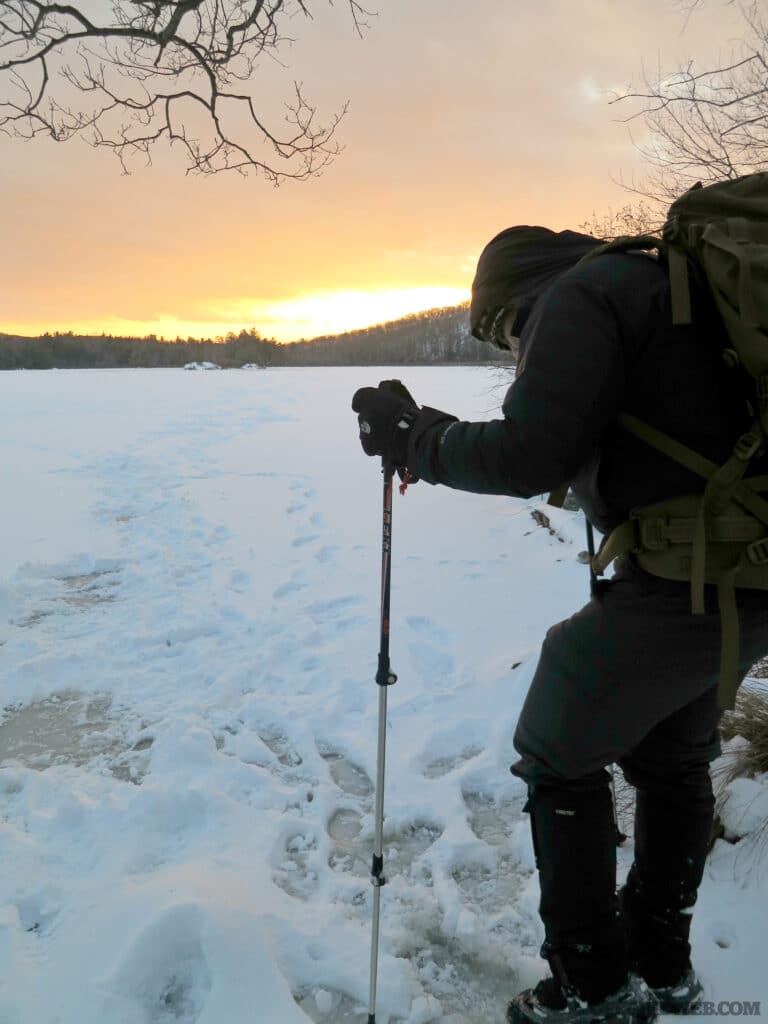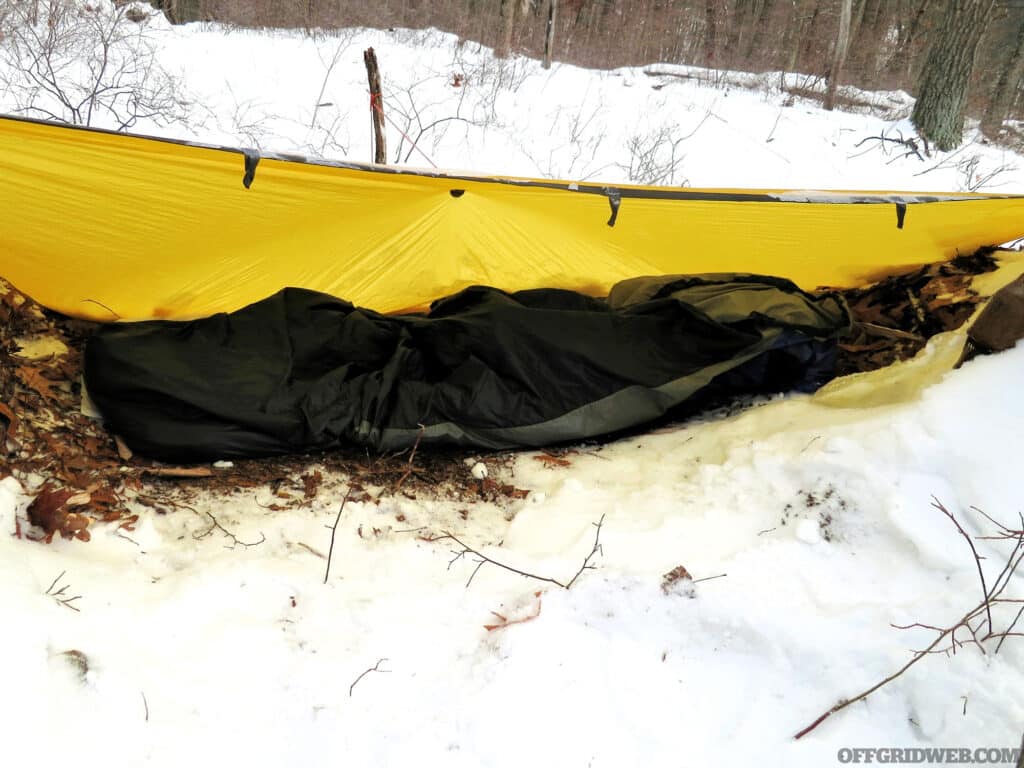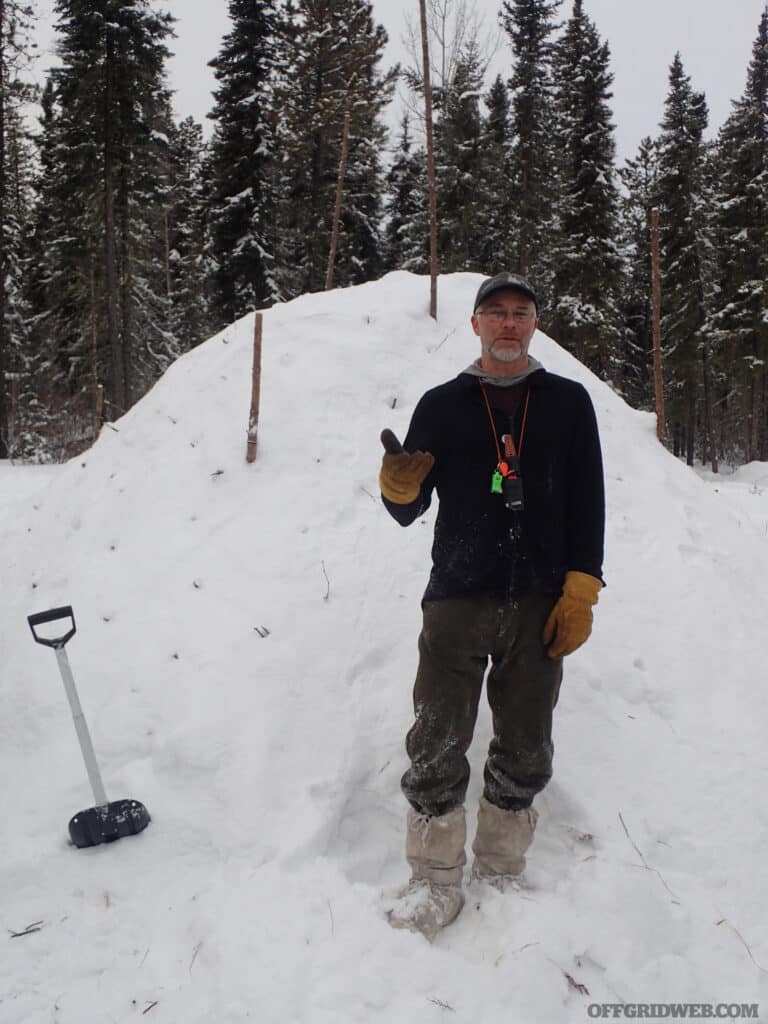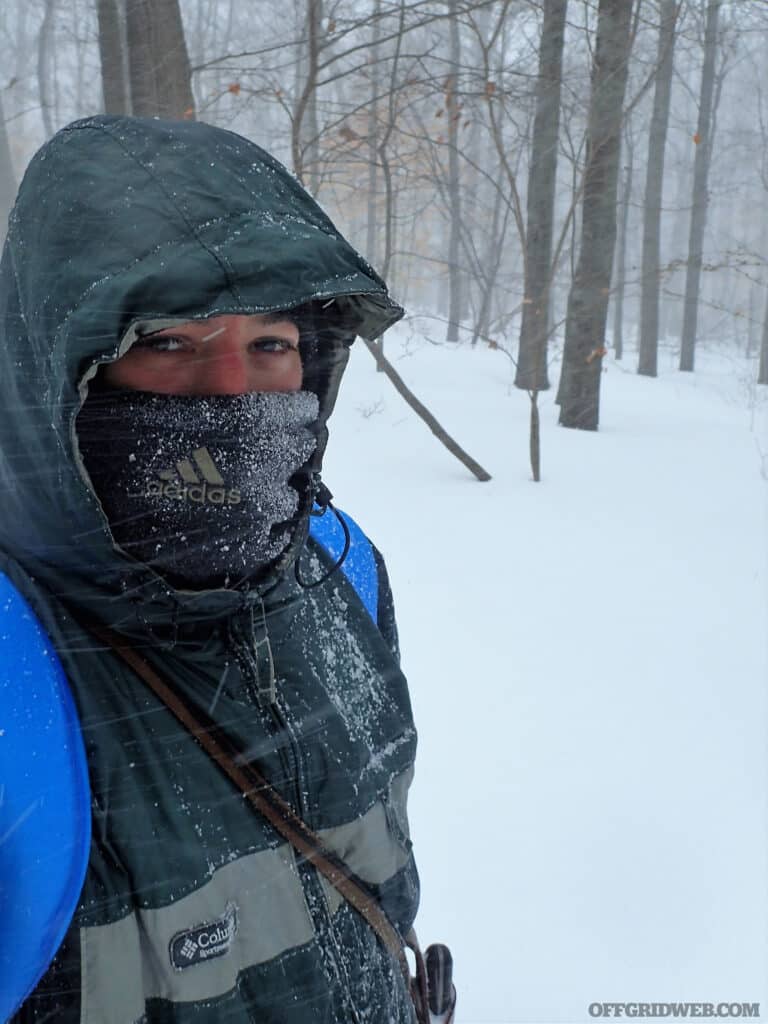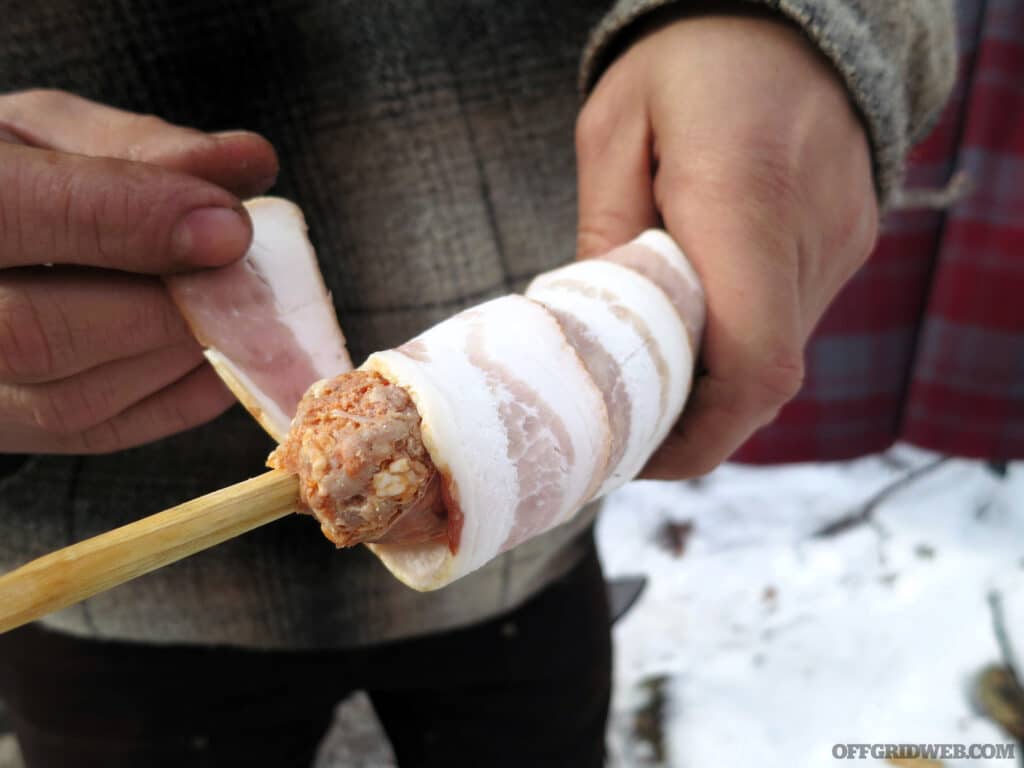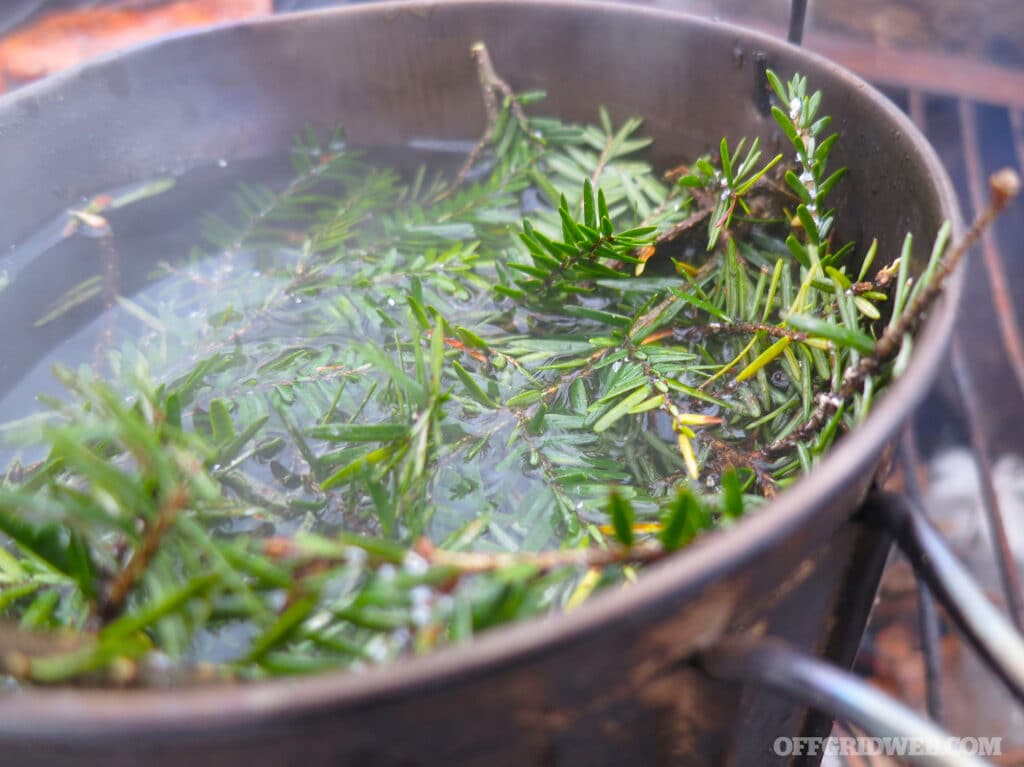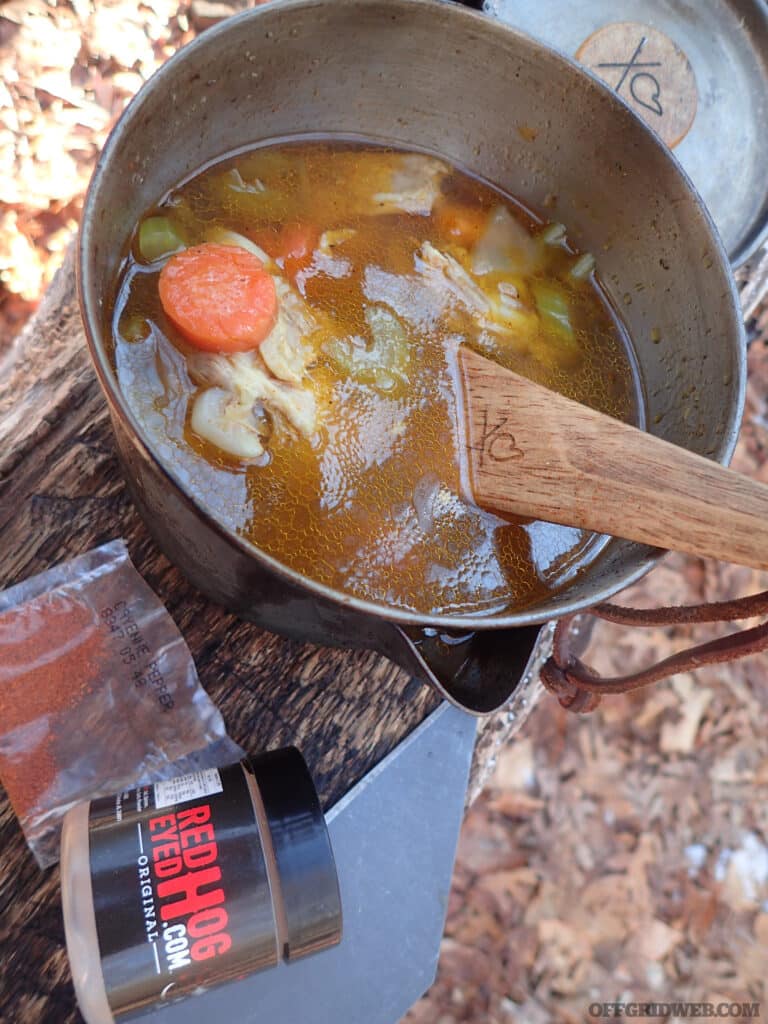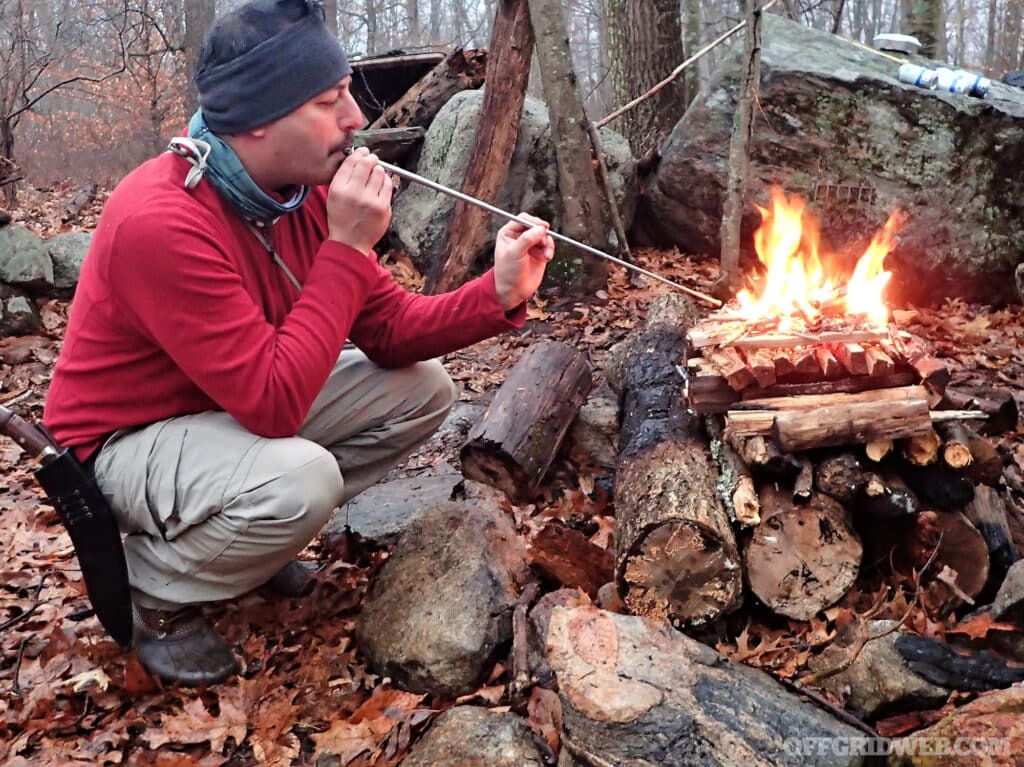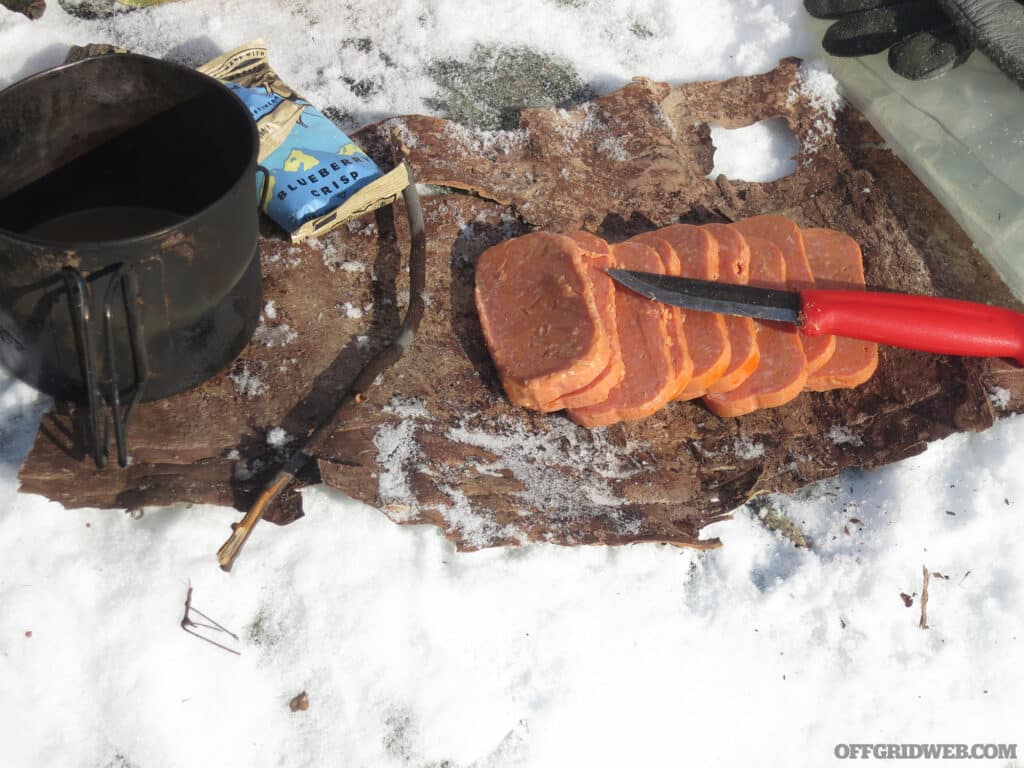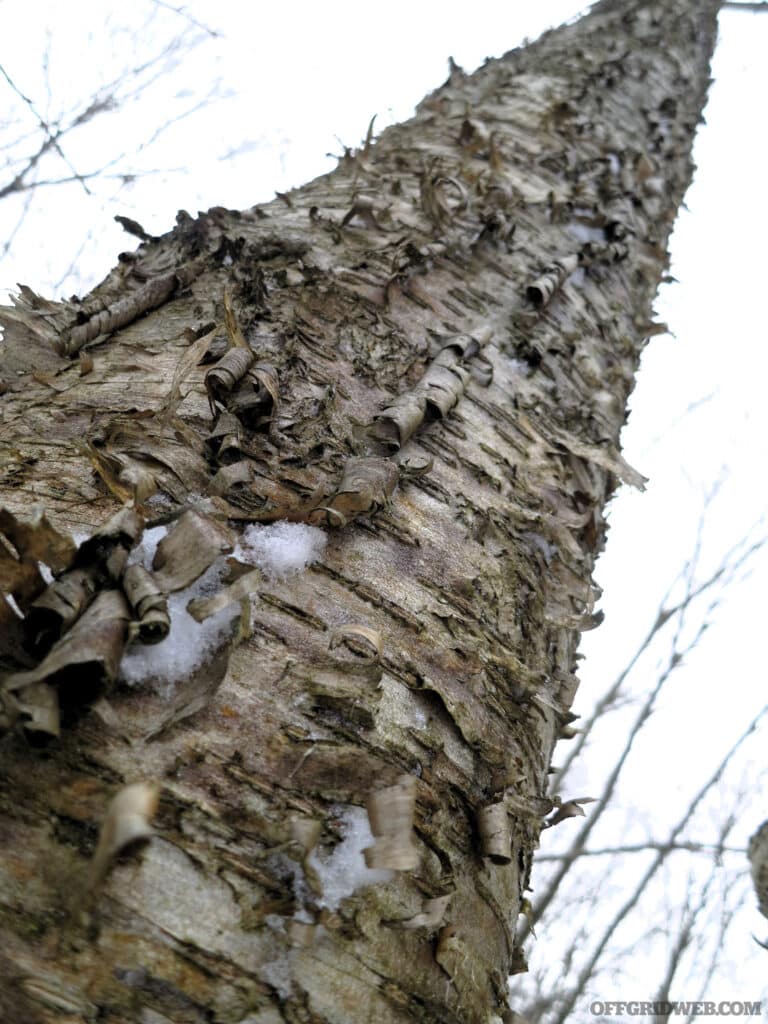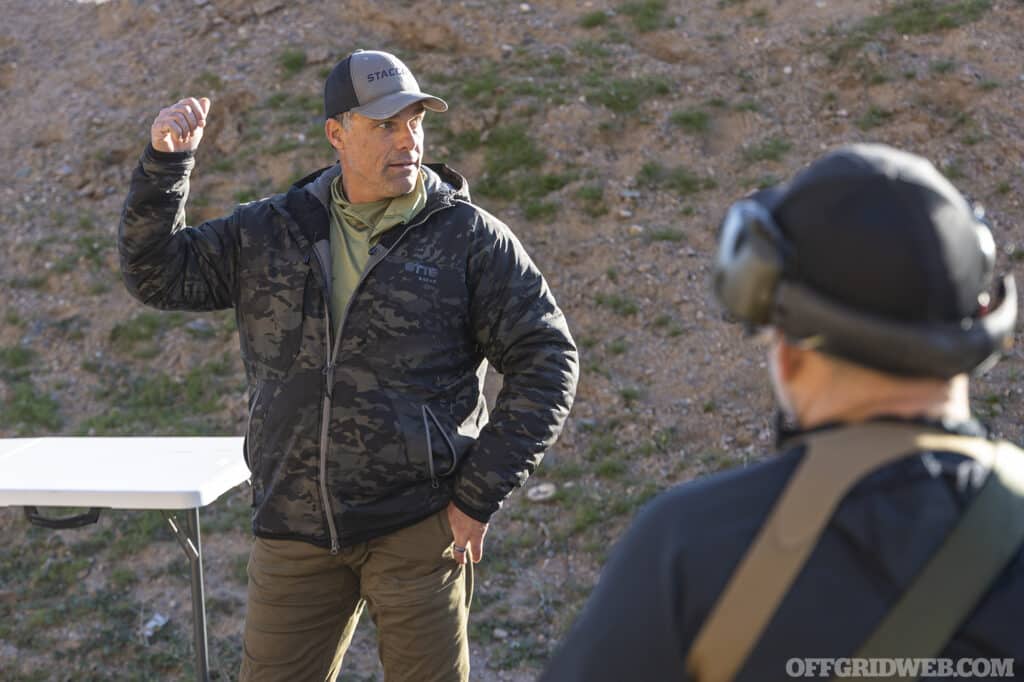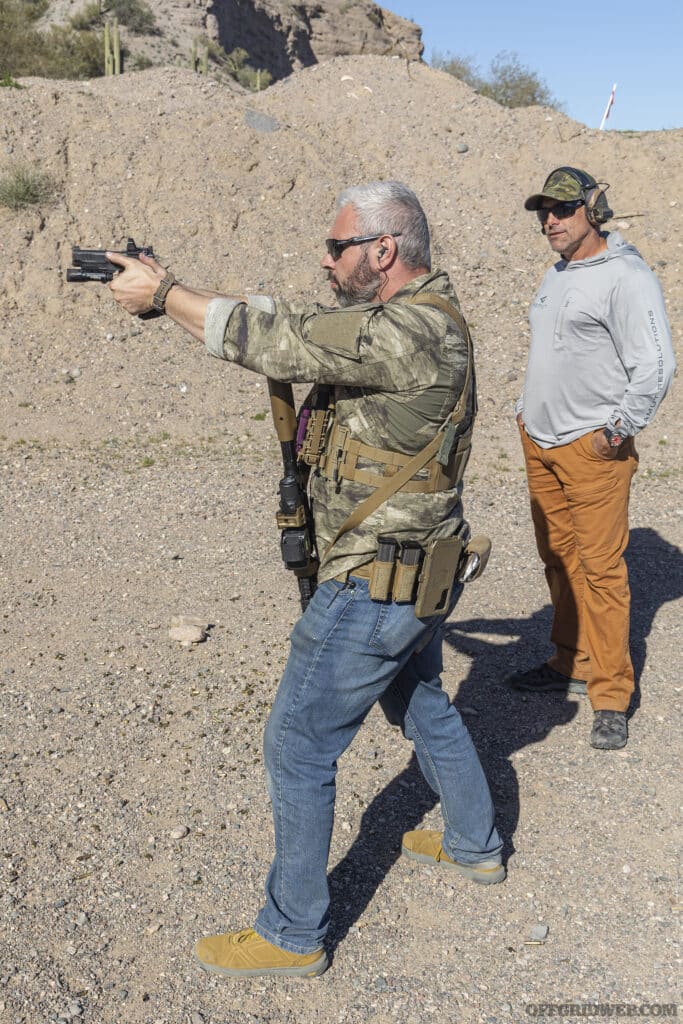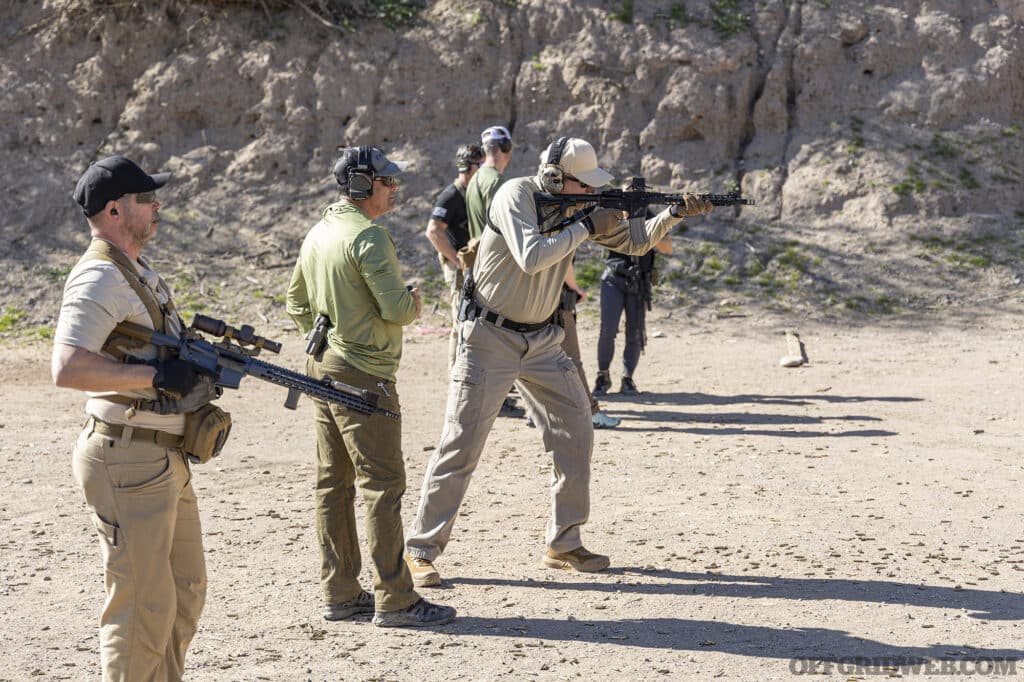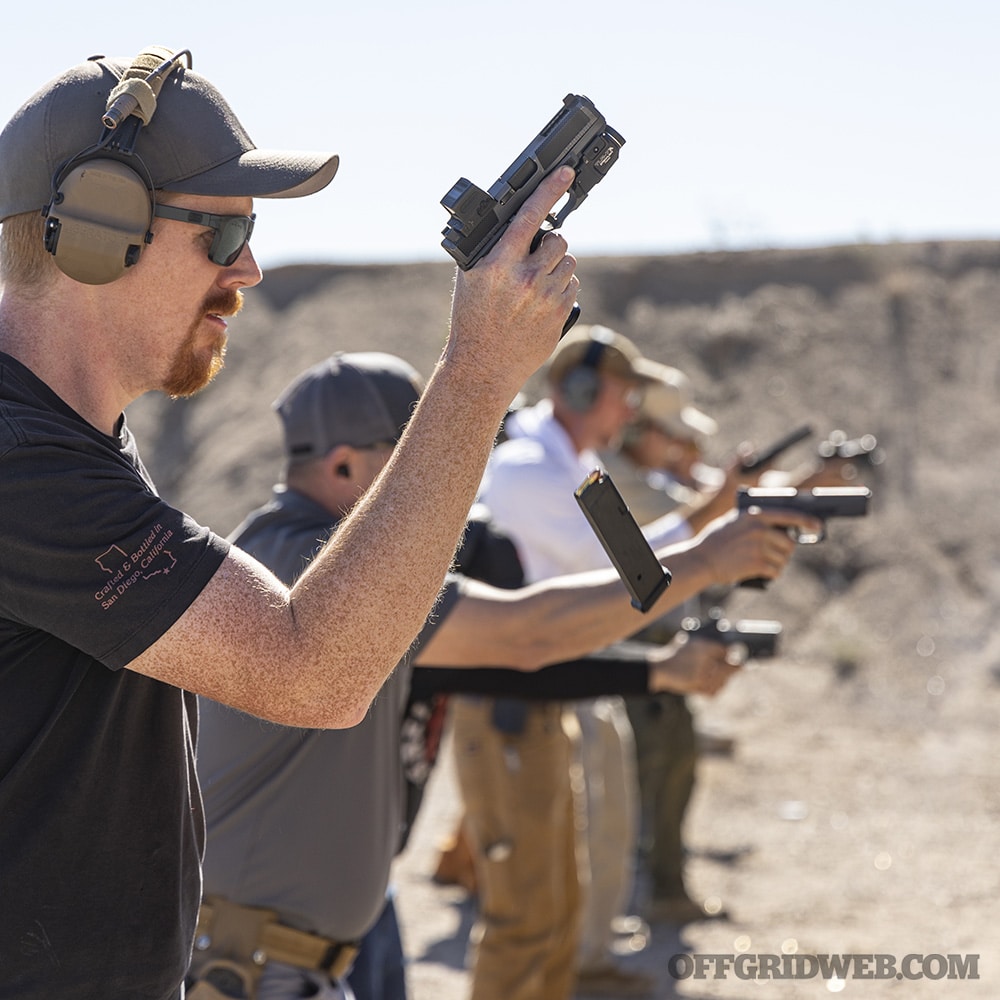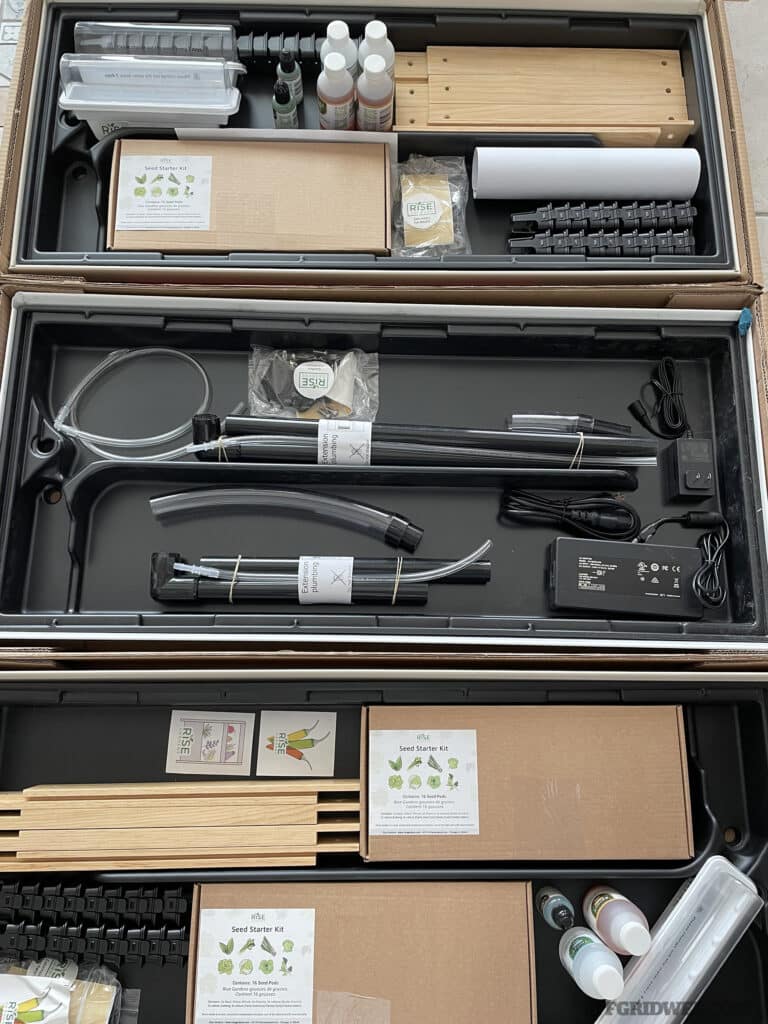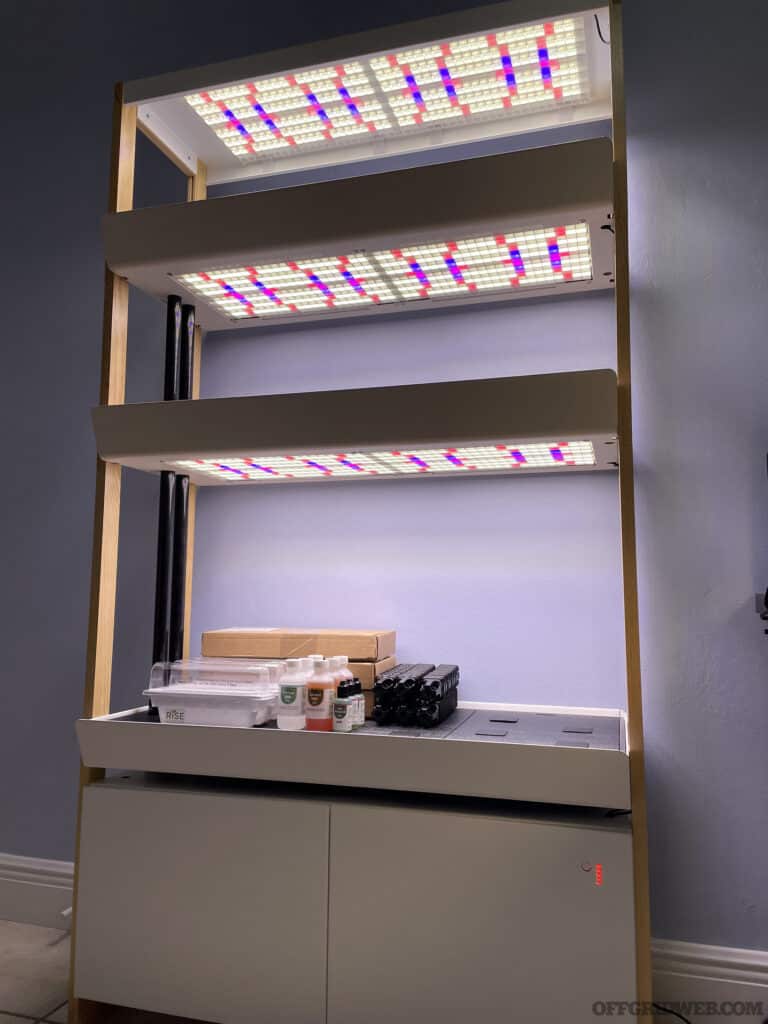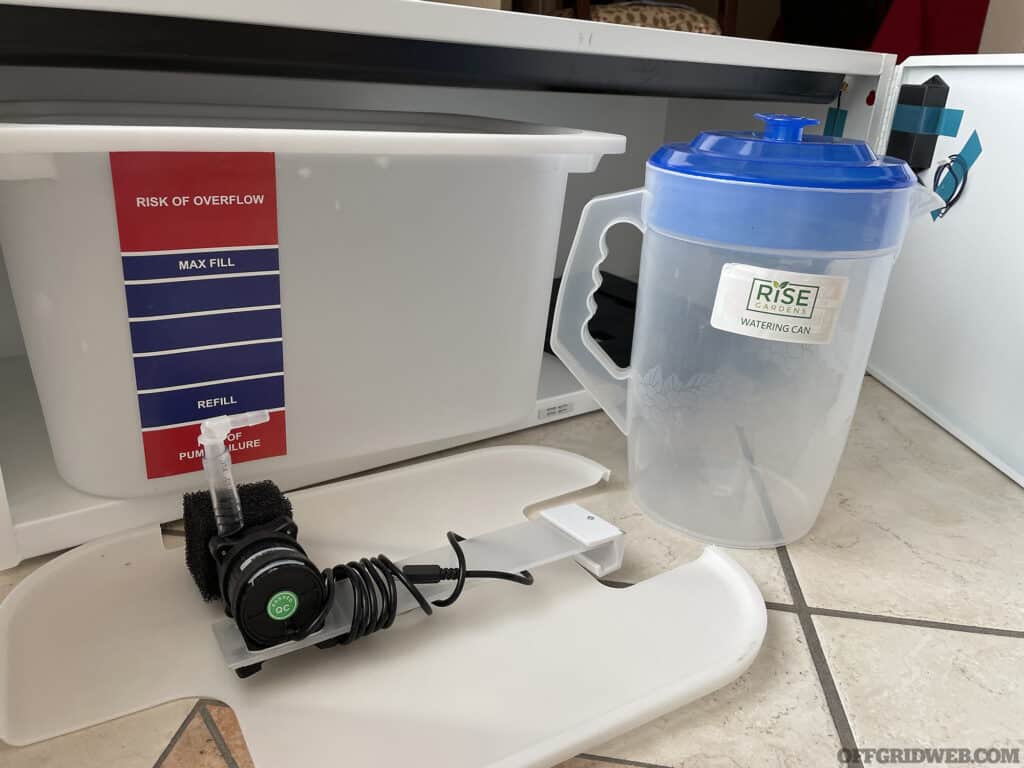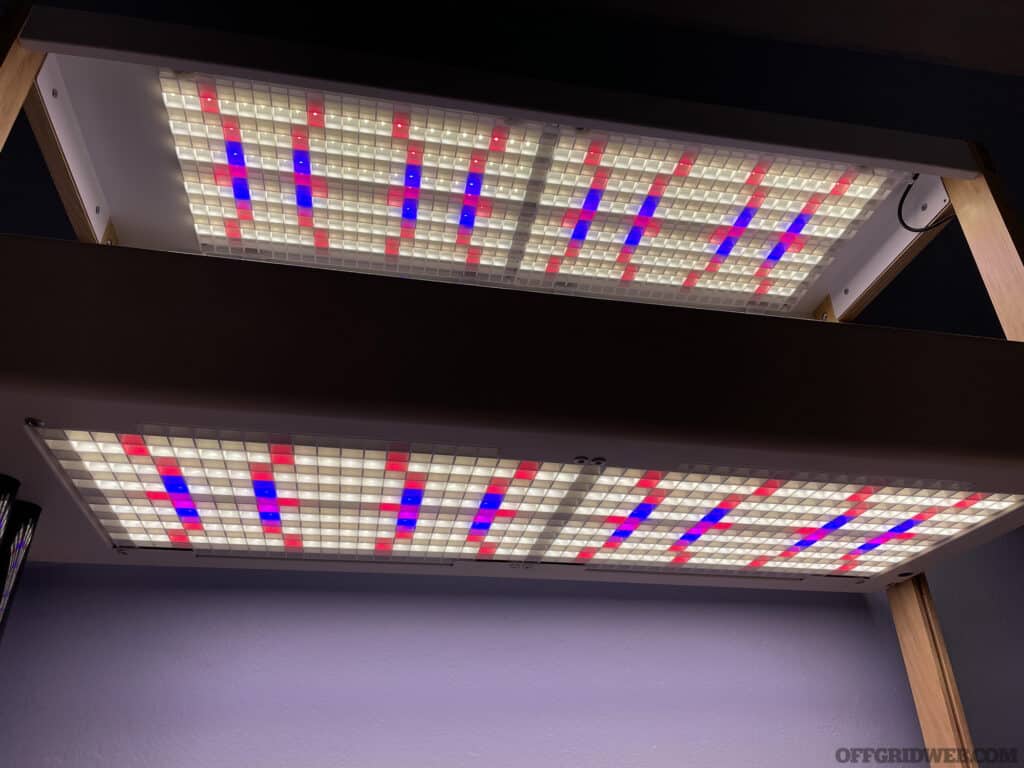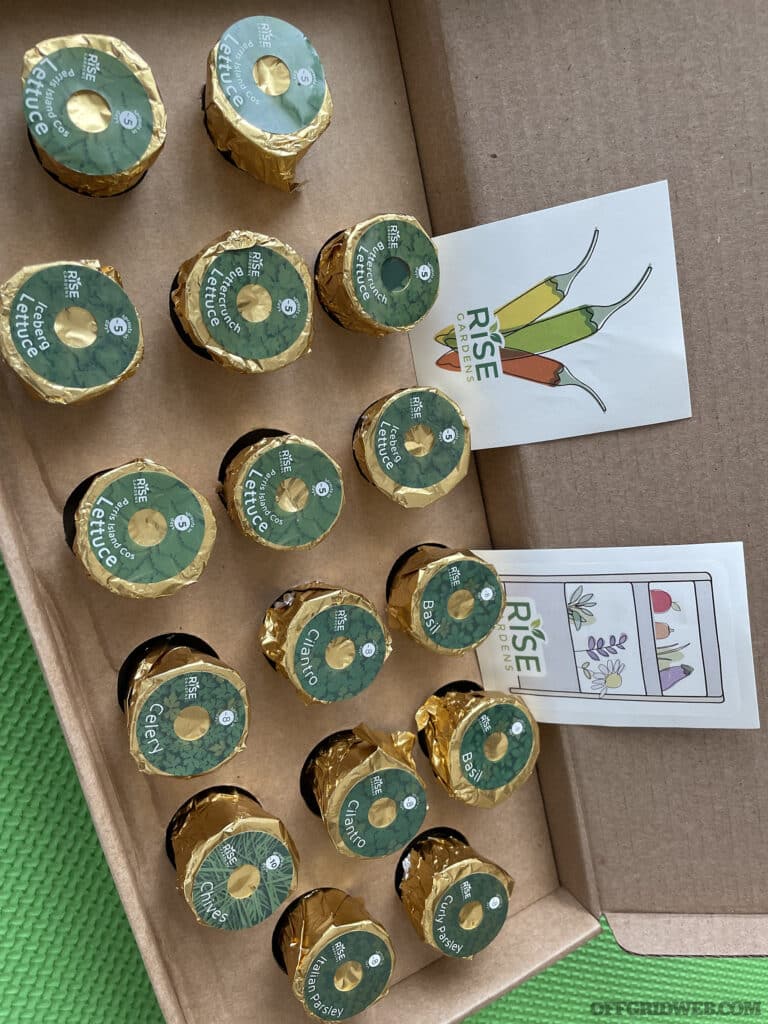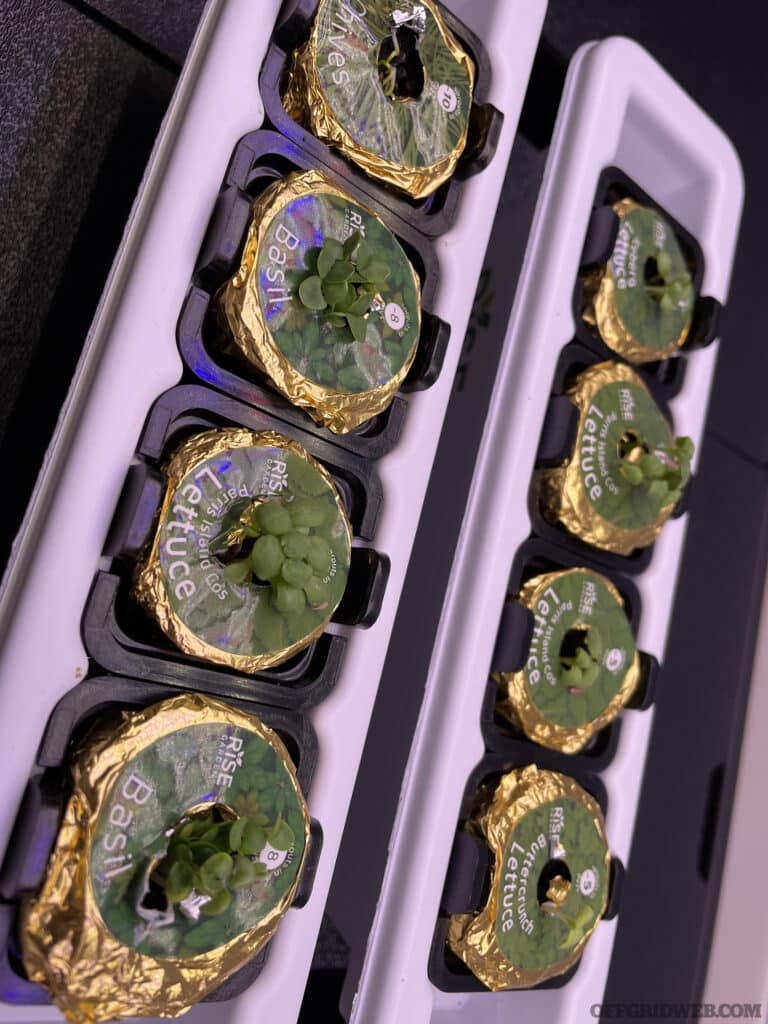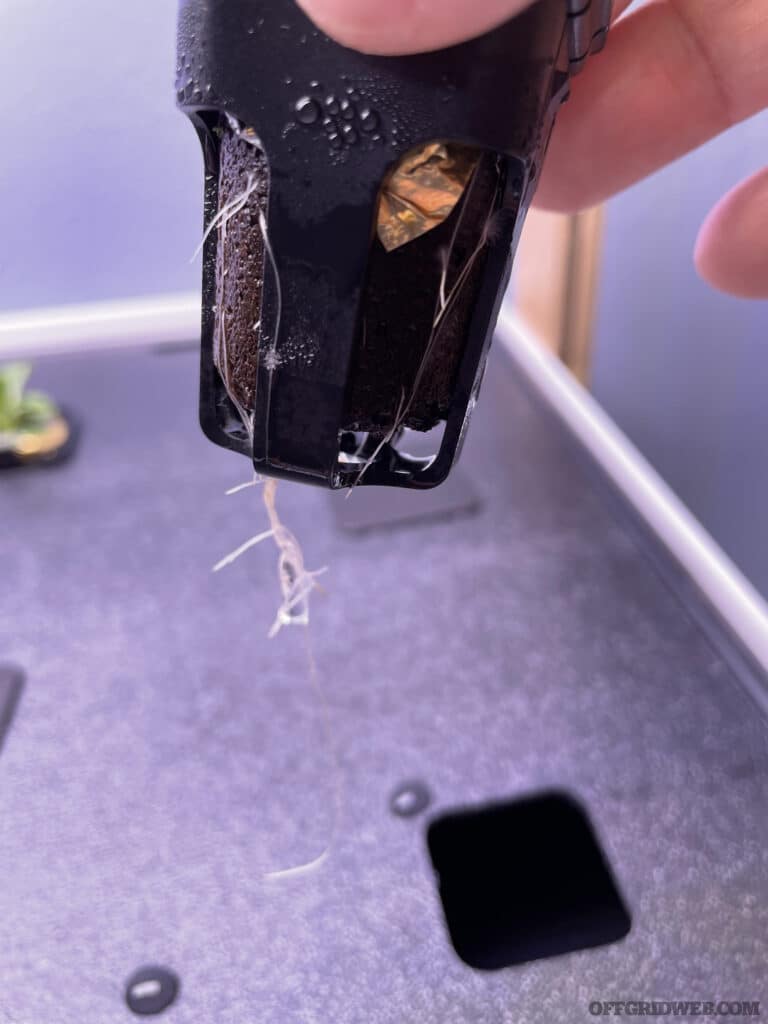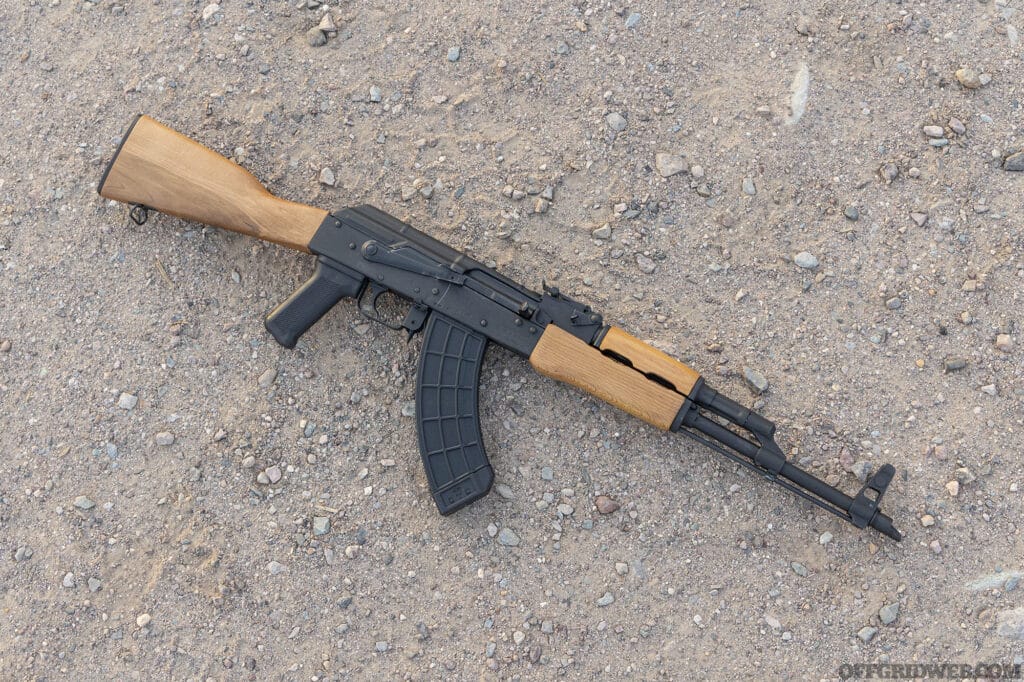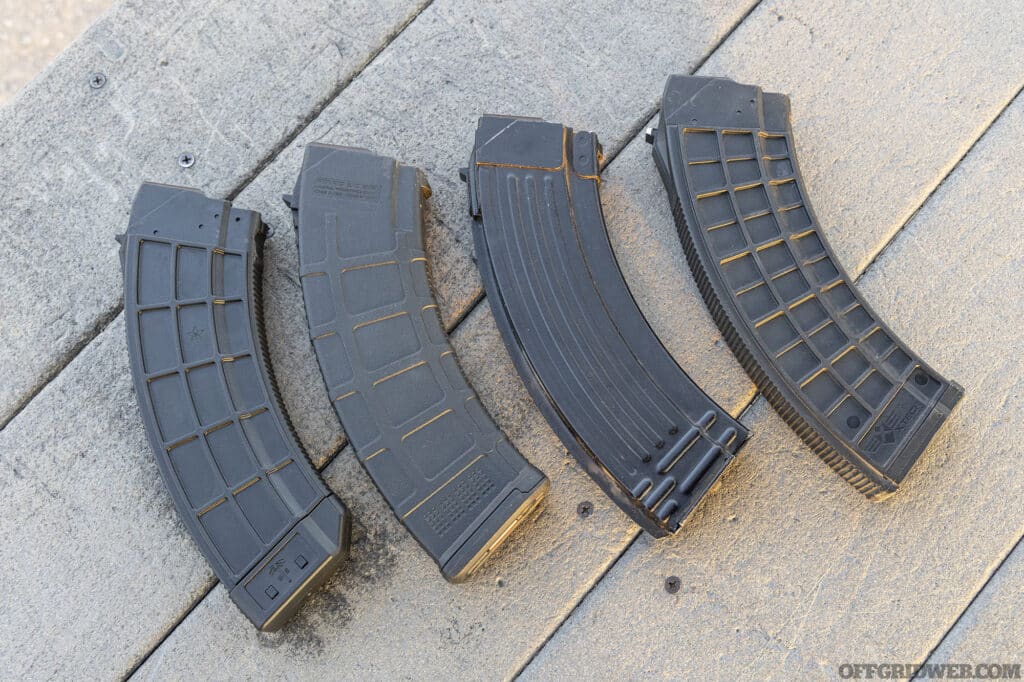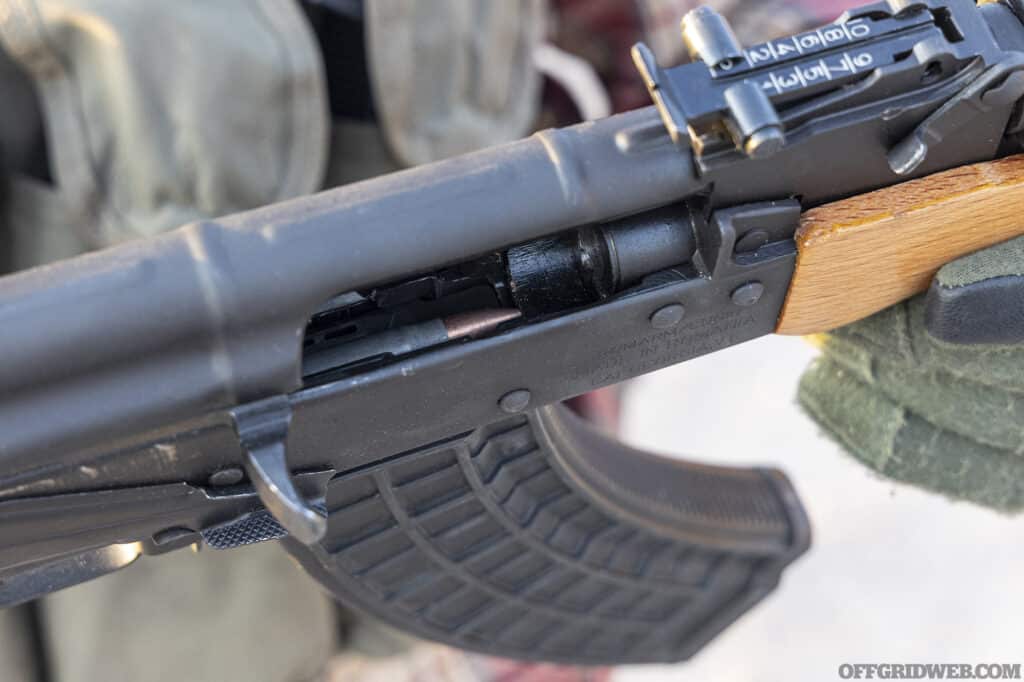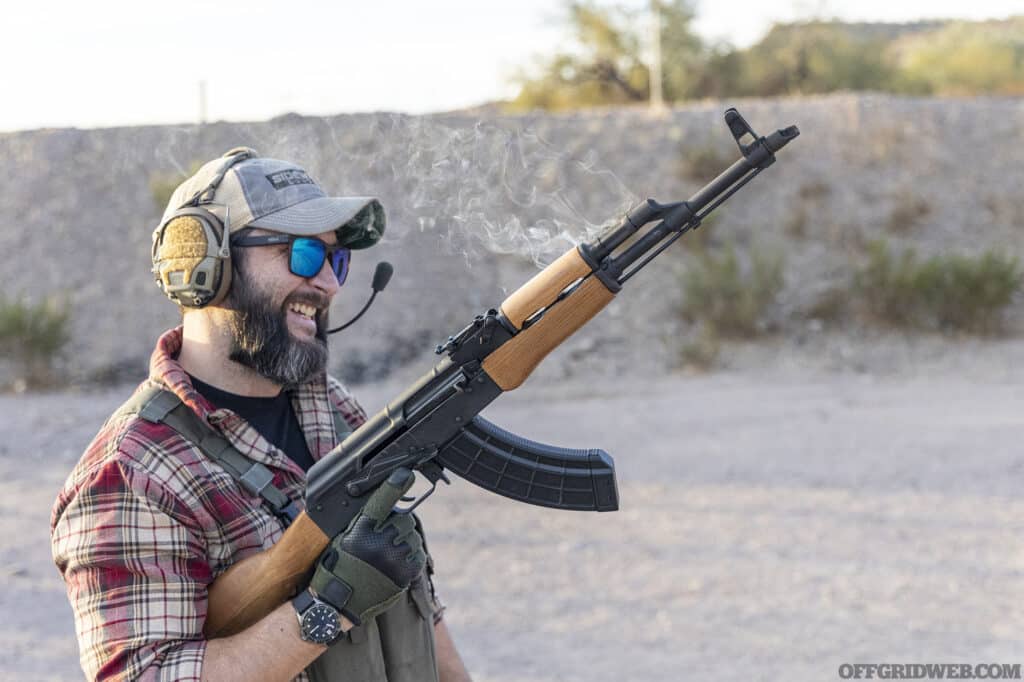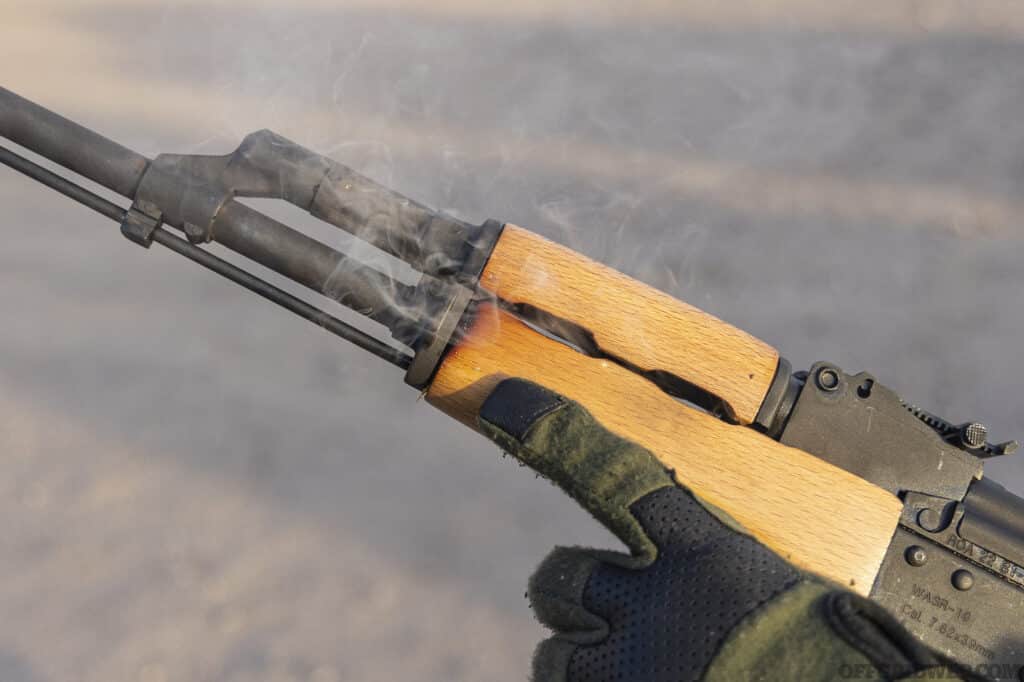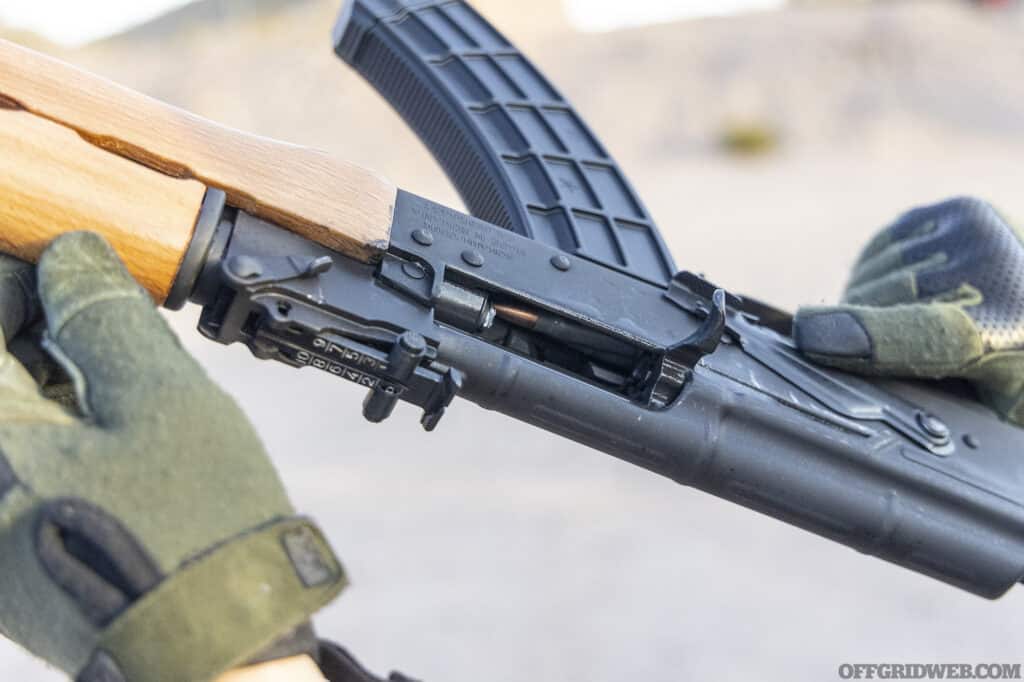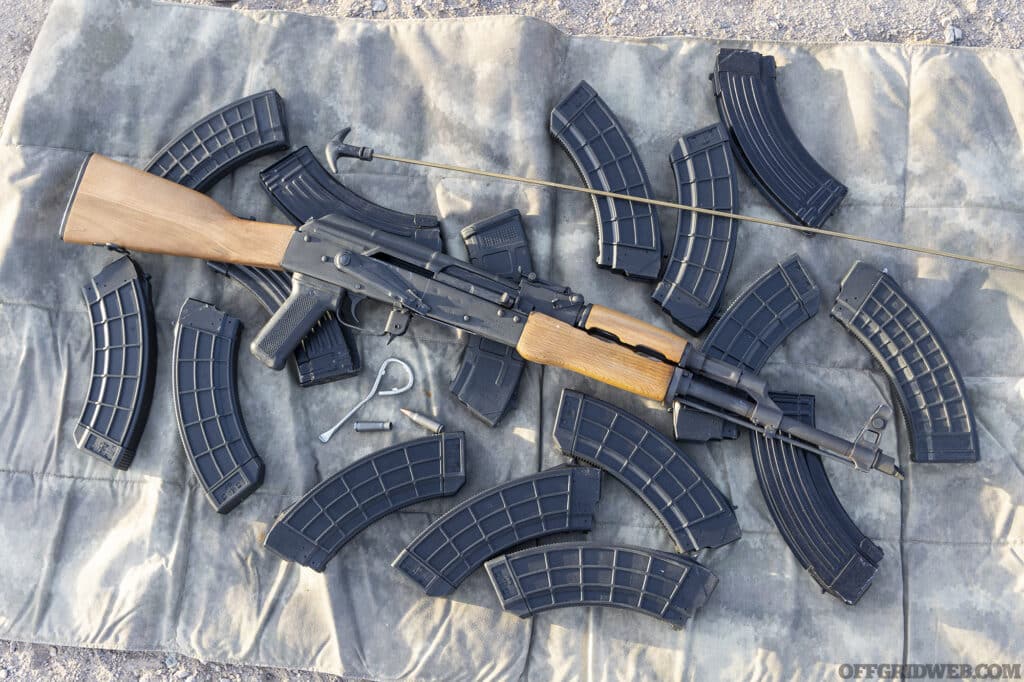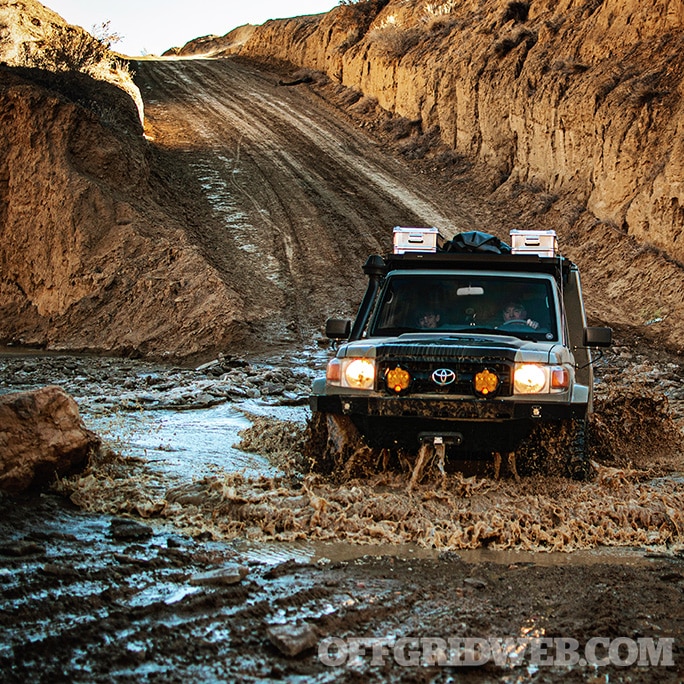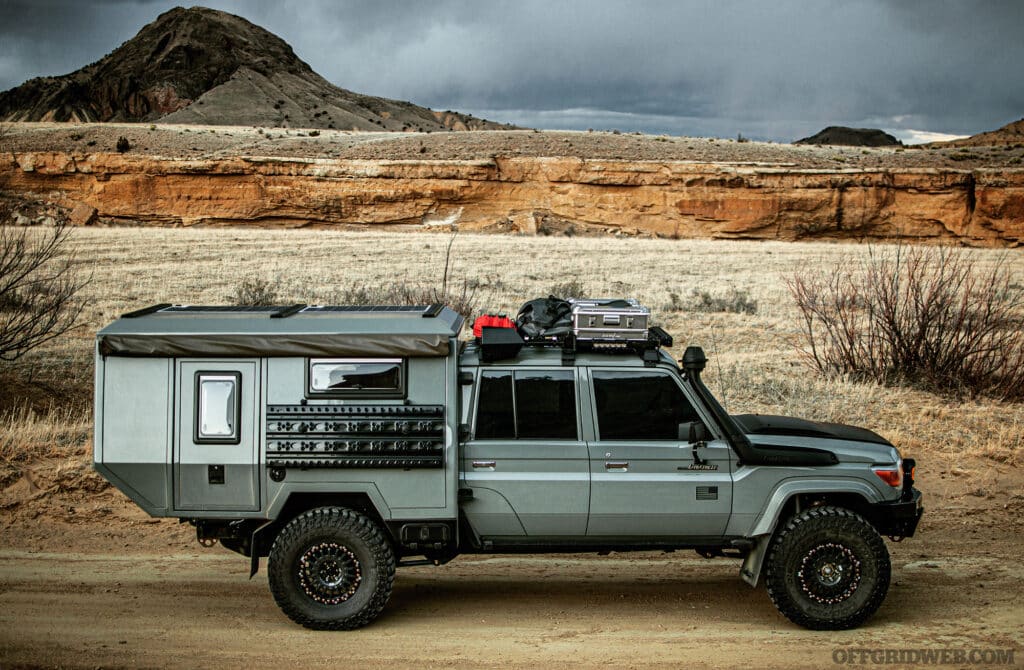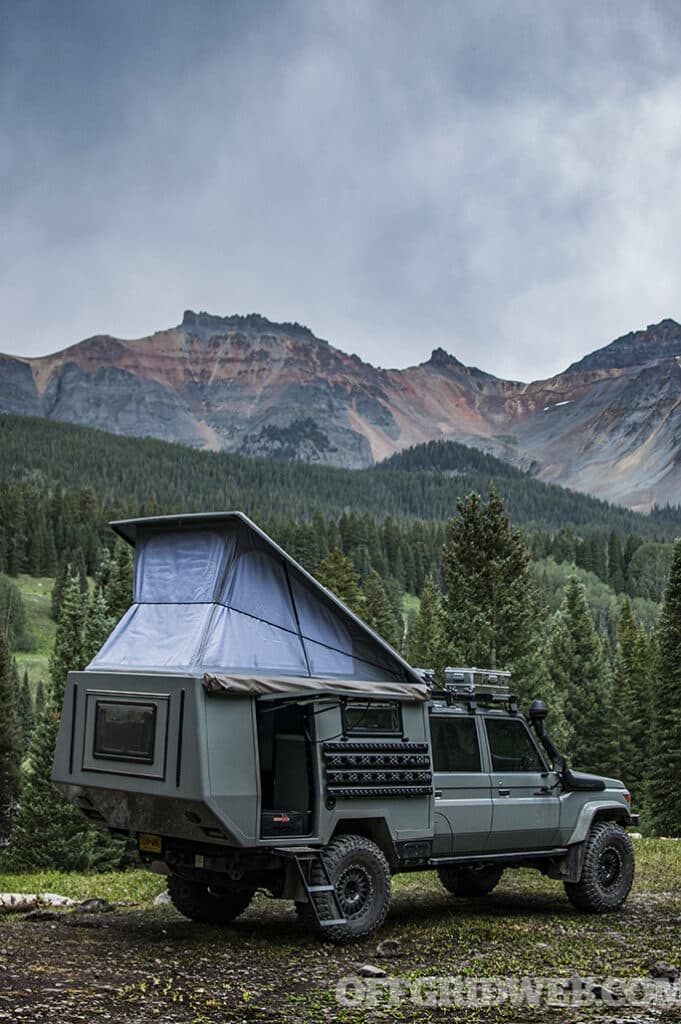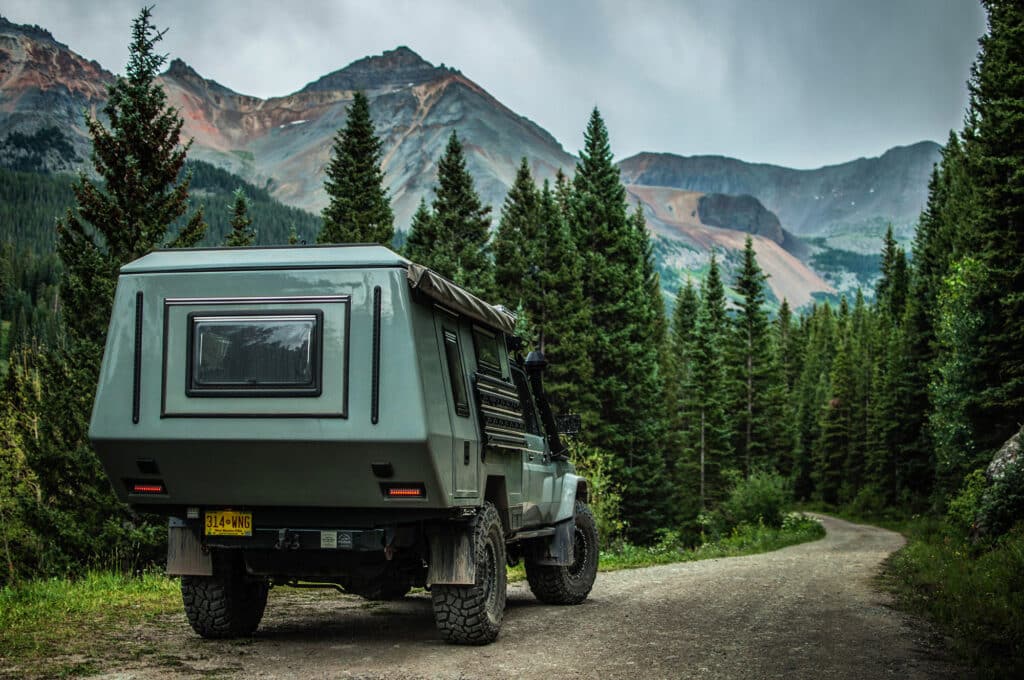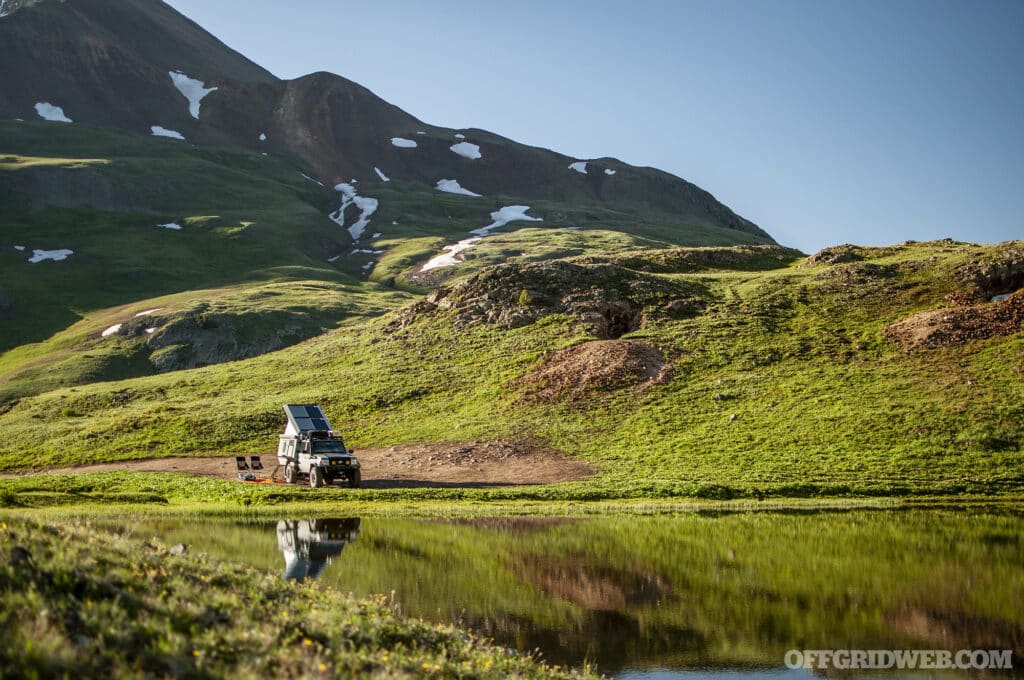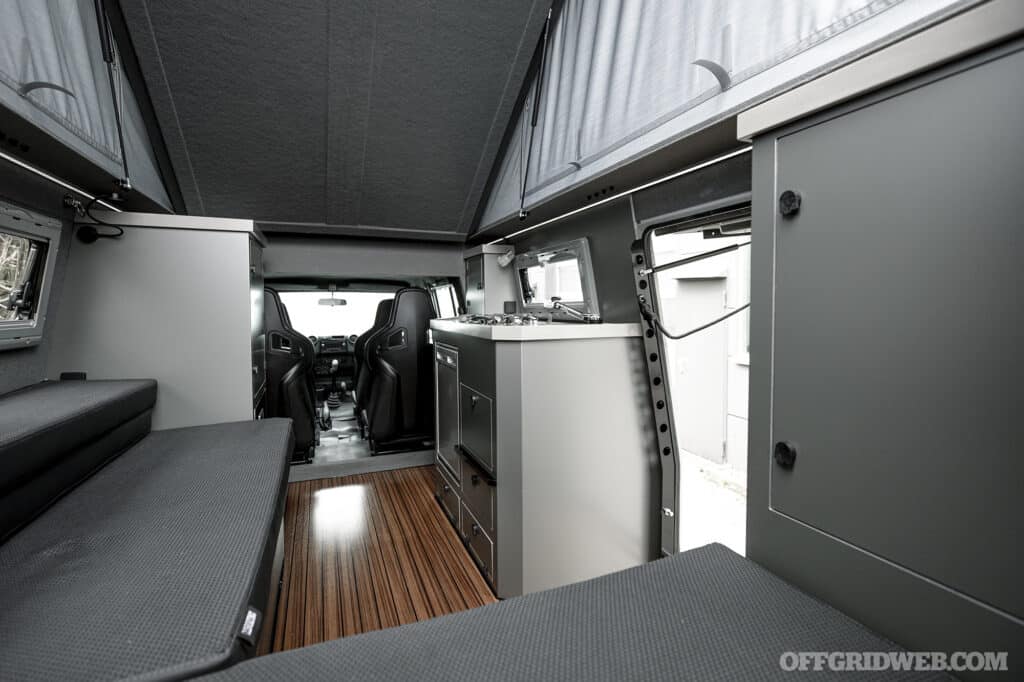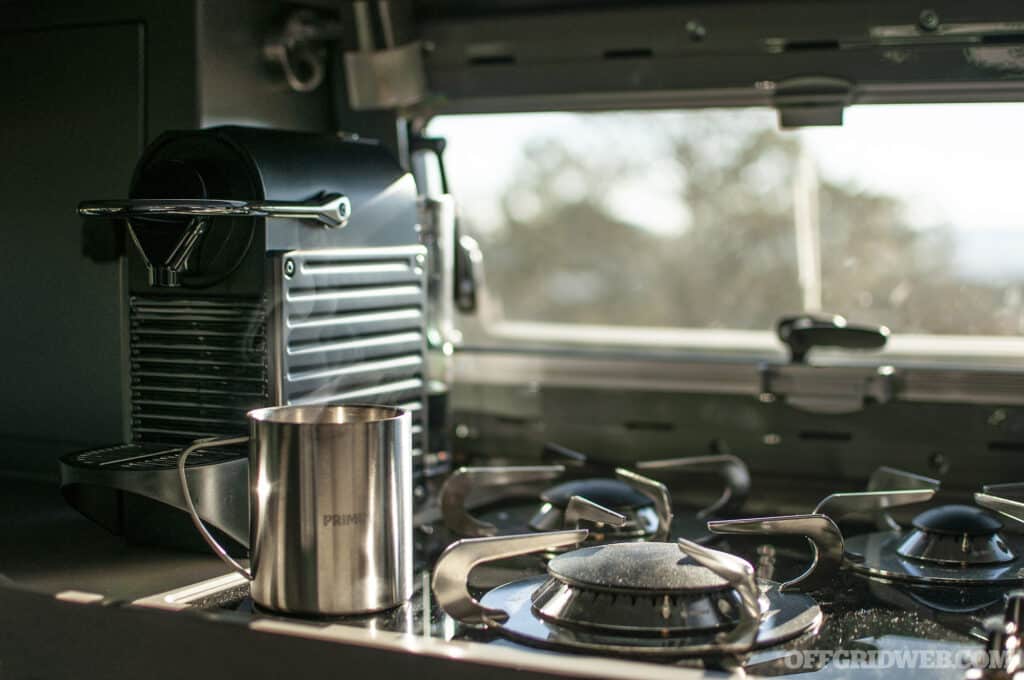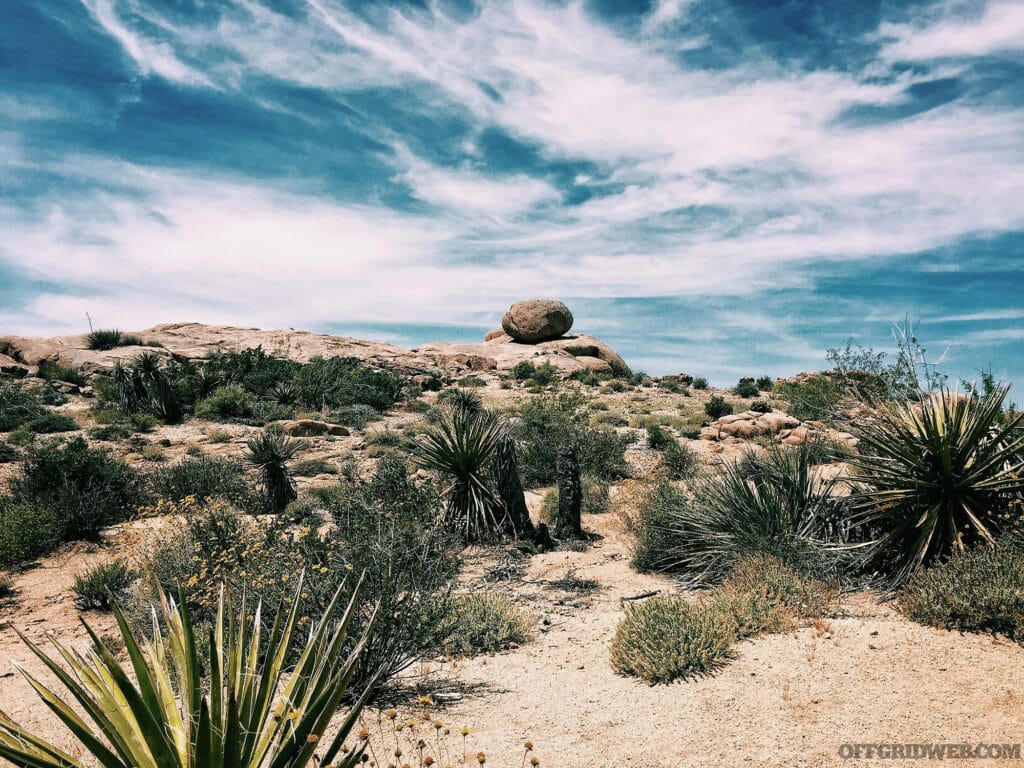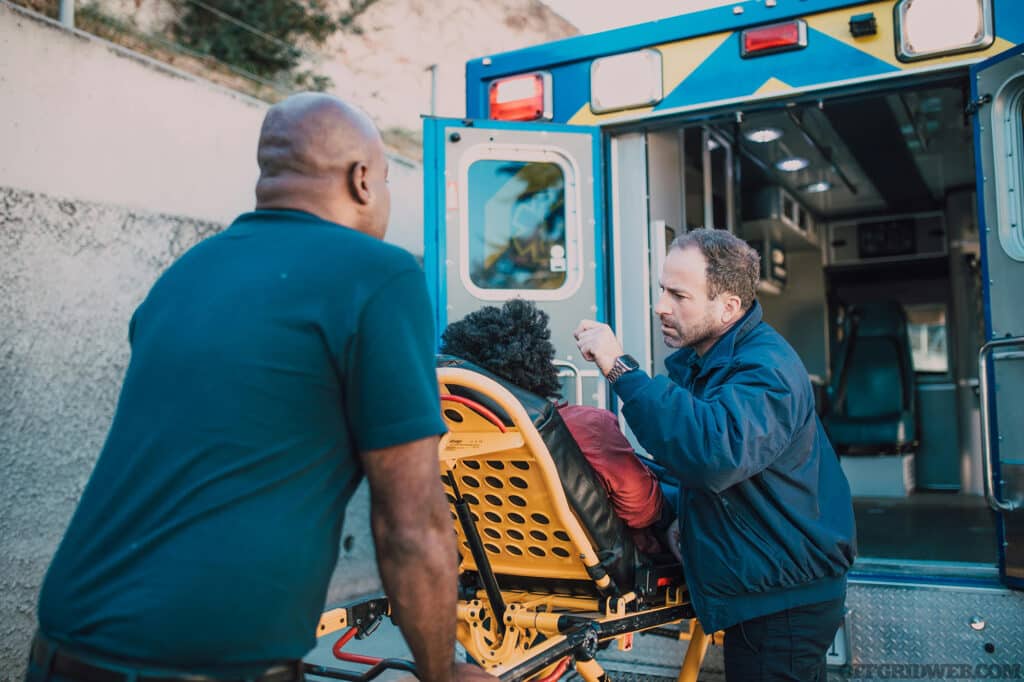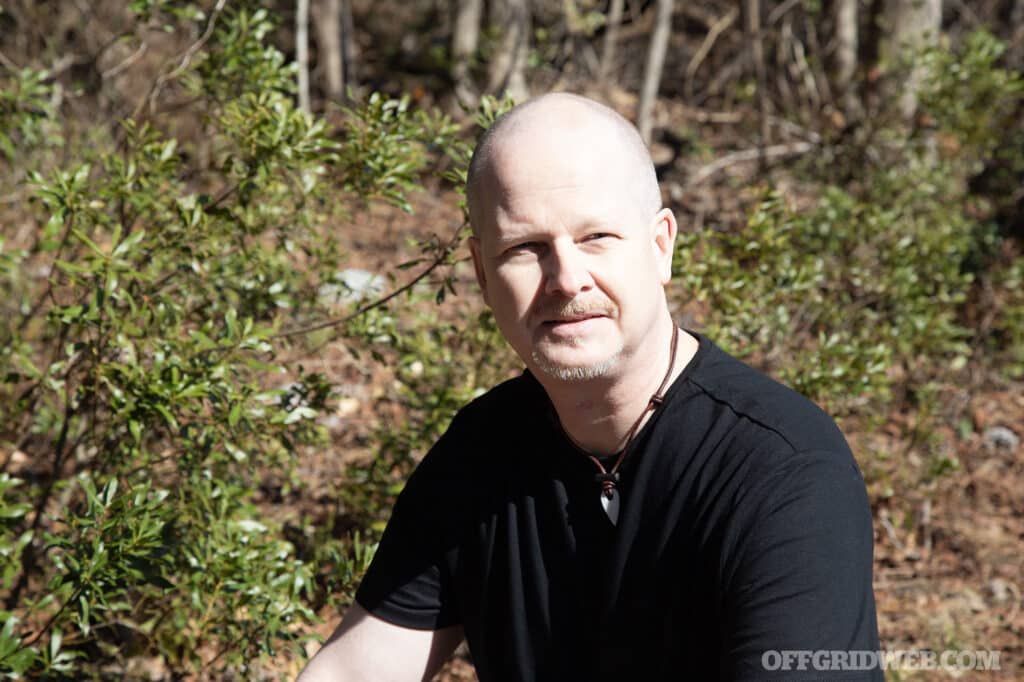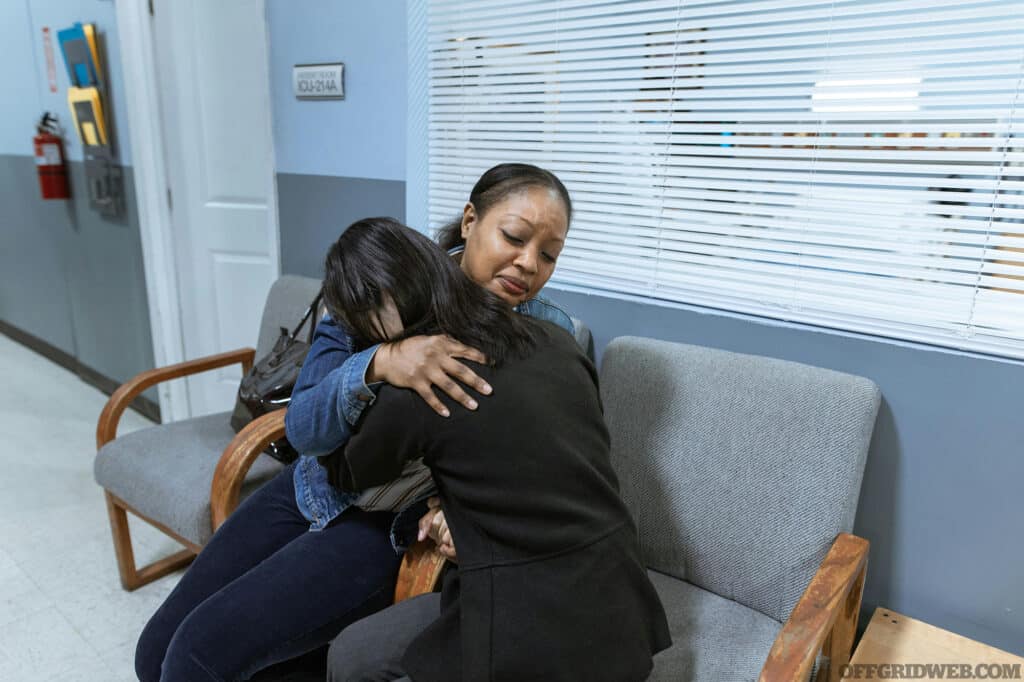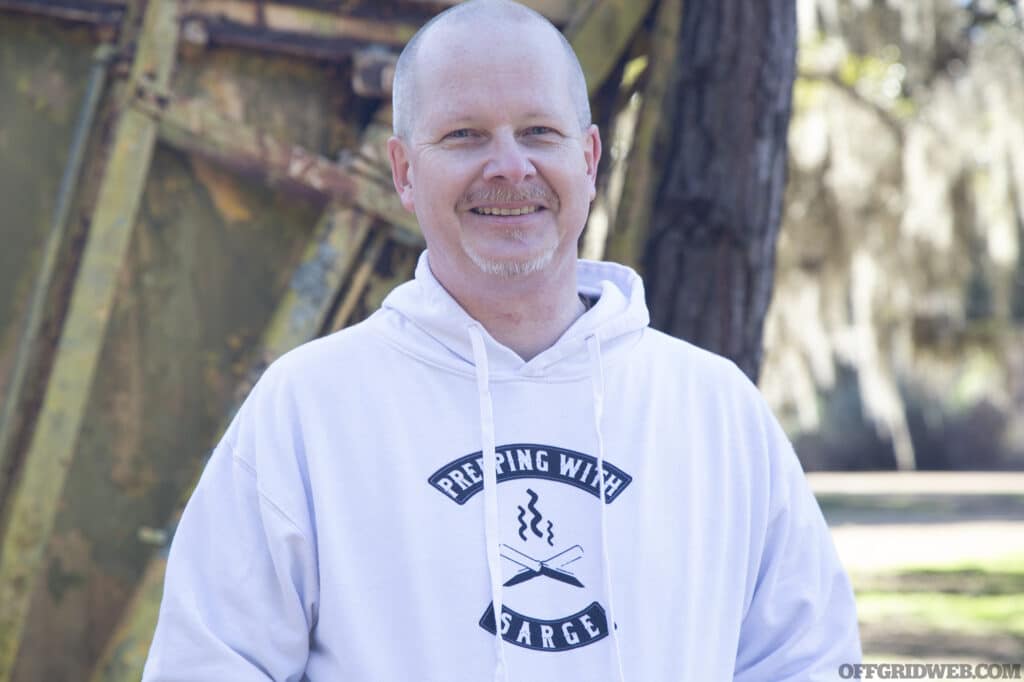In This Article
When you look at knives these days, especially tactical types, the handles are usually finished in one of three colors: black, green, or tan. Sure, there are variations to each of those like Ranger Green versus OD Green, or Flat Dark Earth versus Desert Tan, but there are plenty of other colors on the spectrum for those willing to break out of this tactical trifecta. Orange symbolizes safety in most situations, because it stands out from everything else, and a blaze orange color has been used by hunters for decades because the color isn’t often found in nature. For this reason, on an orange knife, it makes a great handle or even blade color.
This might seem peculiar, as when Tactical Timmy is gearing up for an Instagram photo, he wants all his colors to blend in and match his outfit. Desert camo apparel means a similarly colored handle on his knife; a woodland pattern means an OD or camo-style handle. That’s great if you’re in a combat setting attempting to conceal yourself from an opposing force, but much less practical in other situations.
While it may look cool, what happens when that drab-colored knife is dropped onto sand, foliage, soft snow, or in a low-light environment where it can’t be seen because it’s blending into the background too well? For this reason, orange can be a better choice if your definition of tactical is less about concealment and more about being able to complete the task at hand. Another reason people like an orange handle is its public perception. If you have to use the knife around “non-knife people,” orange tends to be perceived as a benign tool rather than an intimidating weapon — we know that’s illogical, but it’s still worth remembering. This goes back to the original point of associating orange with safety.
Whether you’re going for the safety aspect, you don’t want to misplace your knife in the field, or you simply like the color, most major knife manufacturers offer orange as an option for the handle or the blade. We’re going to take a look at a few of these high-visibility knives.
Outdoor Edge
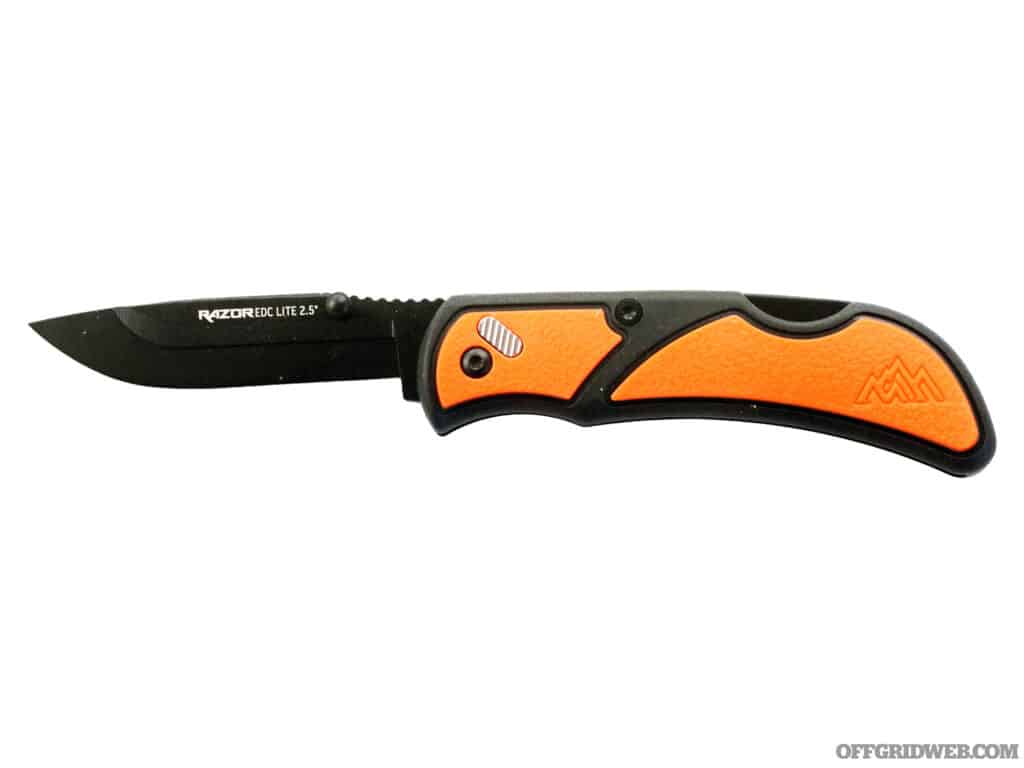
Razor EDC Lite 2.5
The RazorEDC Lite is a replaceable blade folding knife. It uses Japanese 420J2 stainless steel blades, which provide an excellent balance between corrosion resistance and edge retention. When the edge goes dull, you simply change the blade with the push of a button. Its handle has thermoplastic rubber insets that offer a secure grip, even in challenging conditions. This is several steps up from a traditional box cutter, razor knife, or sheetrock knife because the replacement blades offer a higher-quality steel and are available in a number of configurations.
- Overall length: 6 inches
- Blade Length: 2.5 inches
- Weight: 2.5 ounces
- Blade Material: 420J2 Stainless
- Price: $25
- URL: outdooredge.com
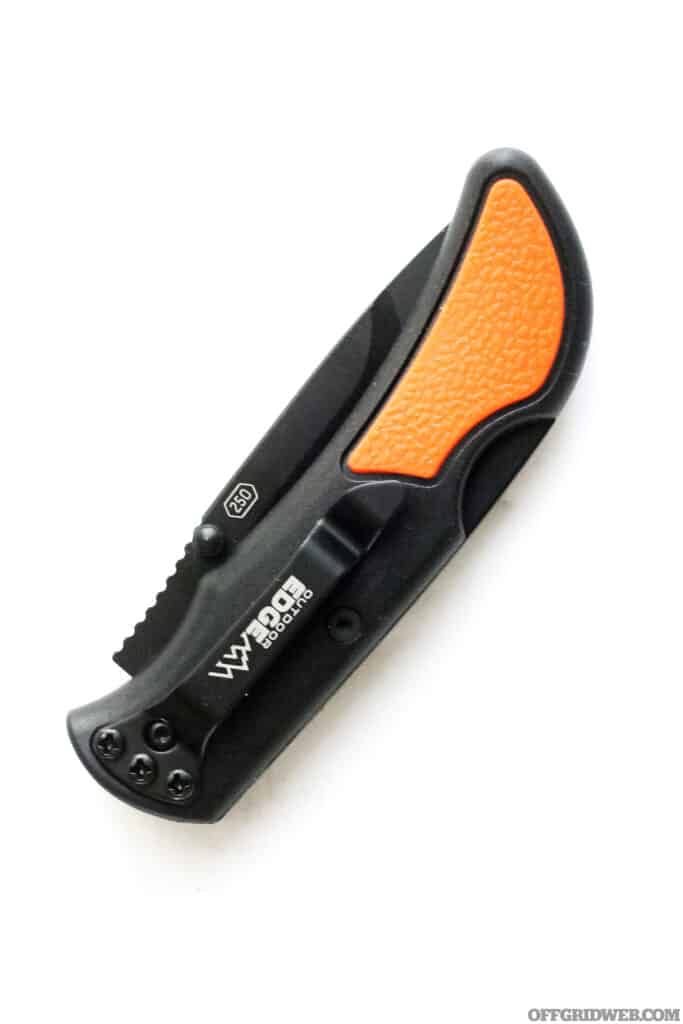
Pros:
- Comfortable, ergonomic handle
- Replacing blades seems a bit odd for an EDC knife, but the blades are sharp and seem to hold up well.
- This makes for a great backup or alternate knife that has a very benign appearance.
Cons:
- People have skinned deer and dressed game with these knives, but don’t mistake it for a hard use blade for prying or batoning wood.
- The clip is set up for right-handed use only.
SOG

Ether FX
SOG’s Ether FX is one of those knives that’ll be a favorite with hikers, hunters, and anyone who must minimize the amount of weight that they’re carrying. This small and handy fixed blade comes with a high-tech-looking sheath that works better strapped to a pack as opposed to a belt mode of carry. It’s a very well-thought-out design from the perspective of a minimalist-style blade with plenty of dimples and jimping for tactile manipulation. Its orange scales should prevent you from losing it on a hike or mountain bike ride when you backtrack and see it laying wherever you might have dropped it.
- Overall length: 7.1 inches
- Blade Length: 3.1 inches
- Weight: 2.1 ounces
- Blade Material: S35VN
- Handle Material: G10
- Price: $128
- URL: sogknives.com
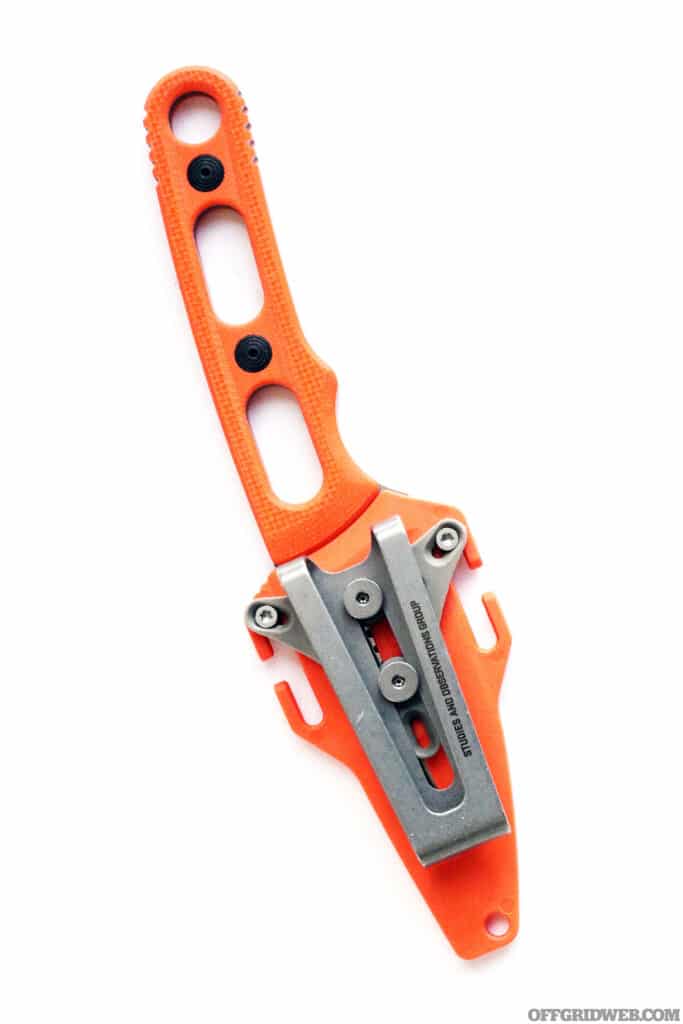
Pros:
- S35VN steel is a good one that offers edge retention, strength, and corrosion resistance.
- This lightweight knife is unbelievably rugged and capable.
- The full-length jimping at the top of the blade makes for a very work-friendly type of knife.
Cons:
- The blade could’ve been sharper.
- The sheath design is awkward to mount consistently.
Cold Steel
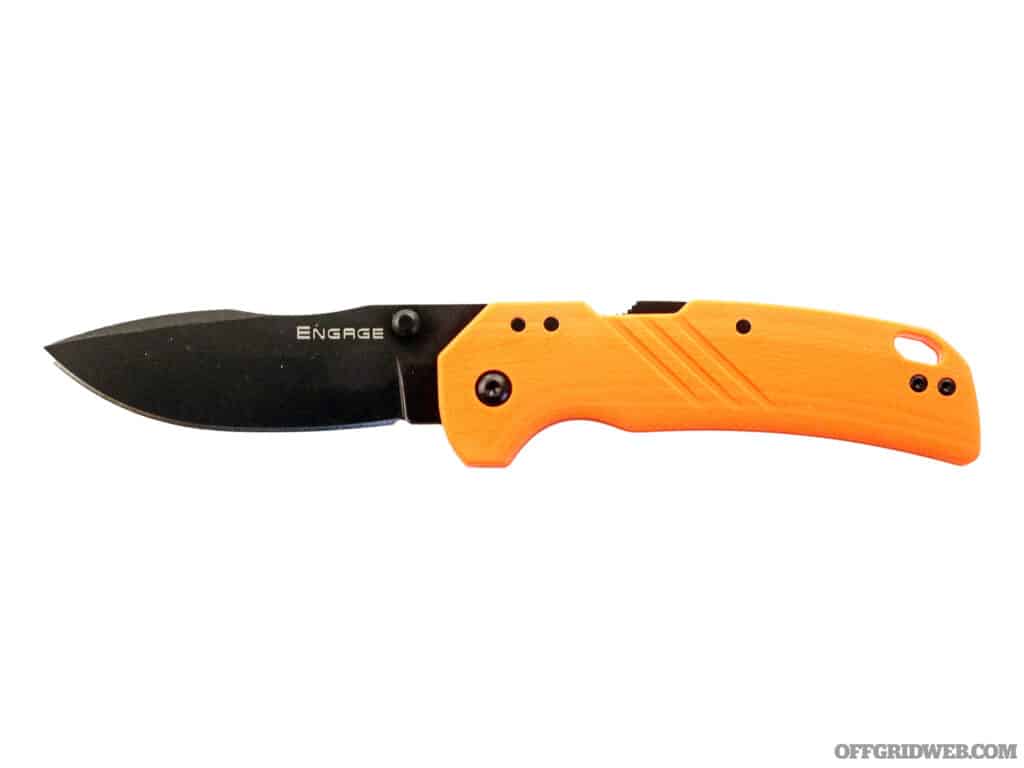
Engage Clip Point
The Engage series of folding knives represents the introduction of Cold Steel’s exclusive, patent-pending Atlas Lock. This is a locking mechanism that has proven itself to be particularly strong and safe. The series is offered with a variety of steels and different blade lengths. The blade has a small indent on the spine that makes for a comfortable hold during precision work. The glass-filled nylon grips are ergonomically contoured for a secure grip and include large integral lanyard holes. The pocket clips are reversible for left- or right-handed use. Overall, it has a nice look with the contrast between orange and black.
- Overall length: 7.3 inches
- Blade Length: 3 inches
- Weight: 2.3 ounces
- Blade Material: 4116 Stainless
- Handle Material: GFN
- Price: $80
- URL: coldsteel.com
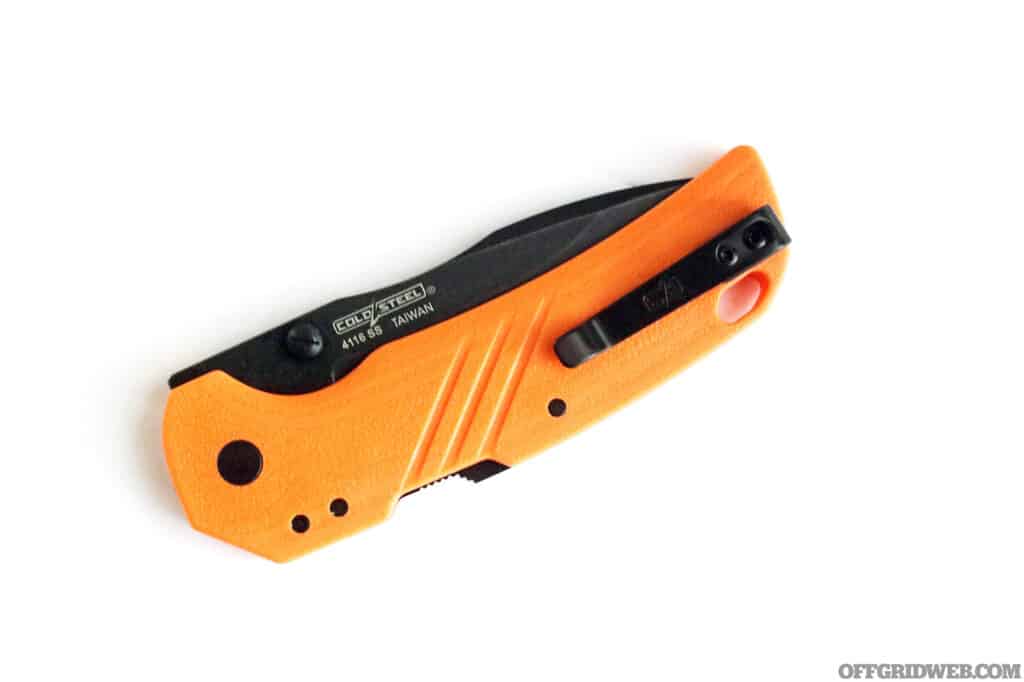
Pros:
- Great performance given its affordable price
- The Atlas Lock is incredibly smooth and intuitive to use.
- 4116 steel may not be a top-shelf type, but it came sharp, resharpens easily, and is very rust resistant.
Cons:
- The pocket clip was a bit tight and took a while to get it to hold just right in the pocket. This might work better in a sheath.
- The placement of the Atlas Lock takes a little getting used to.
Sniper Bladeworks
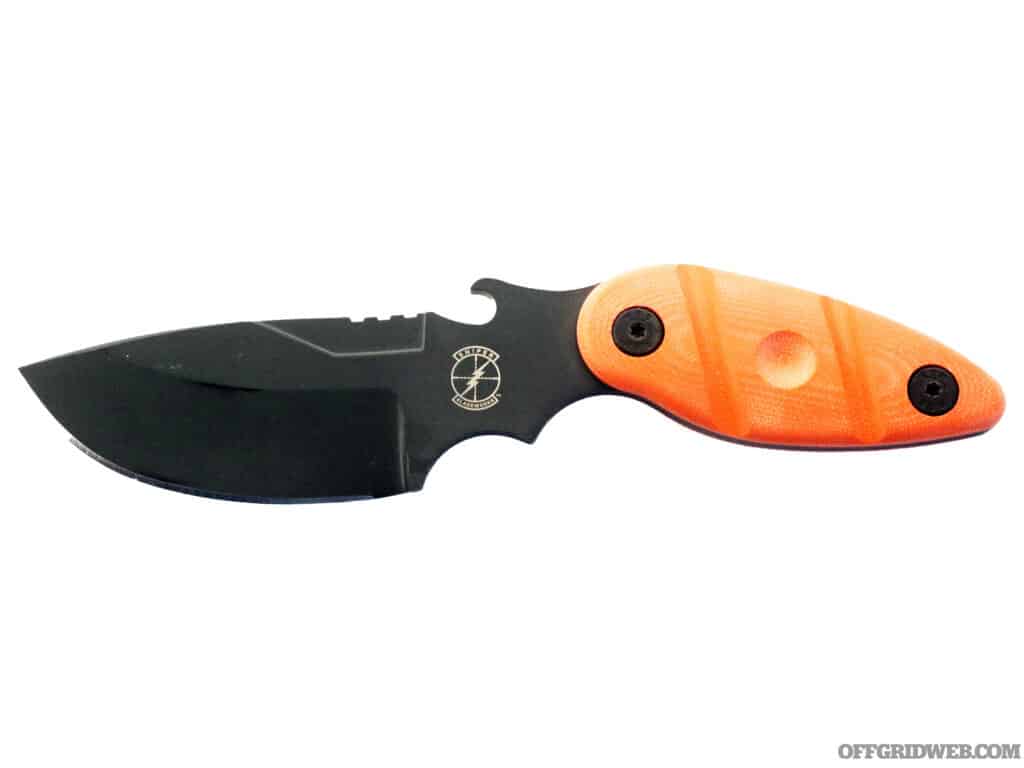
UC Utility
The Weekender is a multi-bladed pocketknife equipped with tools to improve your weekend — or any day. It features a 3-inch clip-point blade for your EDC cutting needs, and a 2-inch drop-point blade for smaller cutting jobs; the bottle opener ensures all your favorite beverages can be opened with ease. The Weekender is a USA-made folder to enhance your life. The blades are made of CPM-S30V steel, ensuring that they stay sharp when you need them. The Micarta handle offers a great gripping surface and will last virtually forever. There are other versions of this model in the works with different blade options and colors of Micarta.
- Overall length: 7.6 inches
- Blade Length: 4.3 inches
- Weight: 6.1 ounces
- Blade Material: SUJ2
- Handle Material: G10
- Price: $150
- URL: sniperbladeworks.com
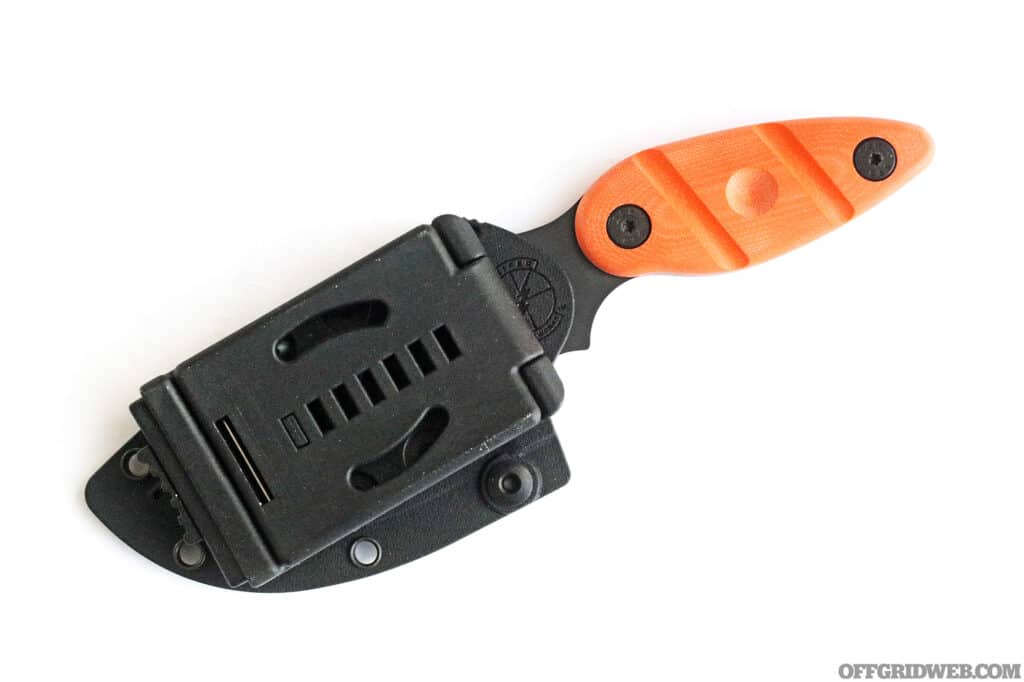
Pros:
- Very sharp out of the box with nice thin edges for slicing
- CPM-S30V is a premium knife steel with superb edge retention.
- The bottle opener comes in handy when you need it.
Cons:
- As good a steel as S30V is, it can be difficult to sharpen.
- There’s no lanyard hole on this to help you secure the knife.
T. Kell Knives
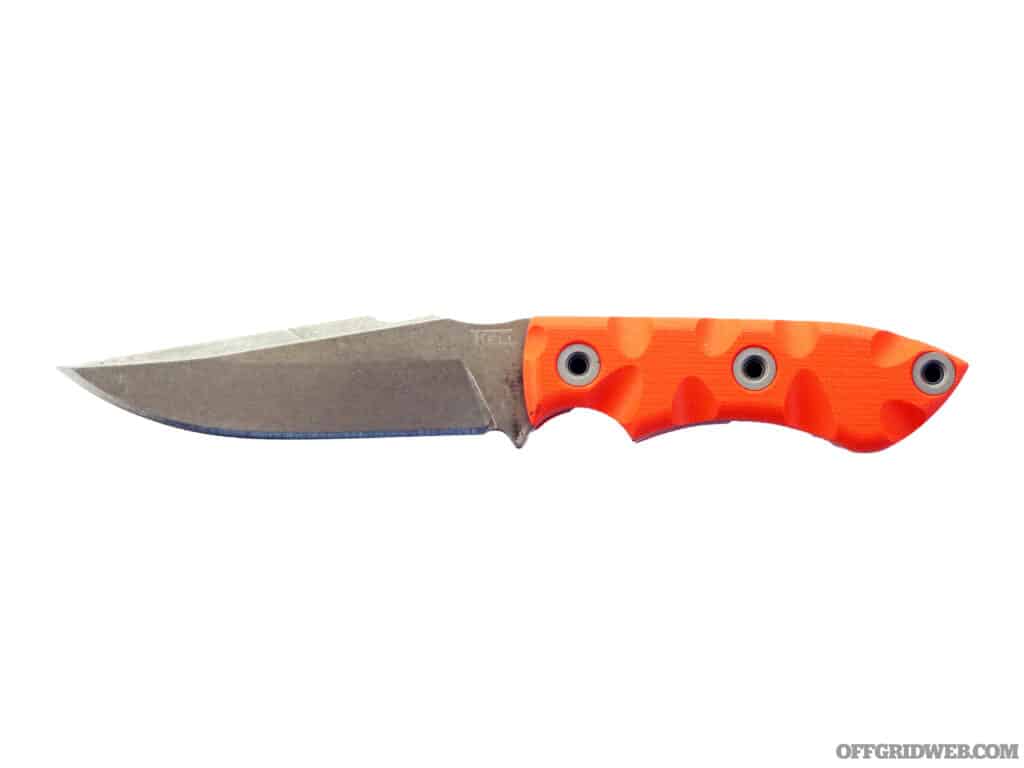
Striker (Hi Viz)
Tim Kell designed this model a few years ago as a compact military fighting knife, but that doesn’t preclude it from being suitable for daily carry. The clip point is a slight one, meaning that it could be confused with a drop point. The balance on this blade is incredible, and the grip fits in the hand well. This version features the Hi Viz color G10, but all the scales on T. Kell knives can easily be swapped out. These knives are designed and built by a Marine Corps veteran who learned what qualities make for a good working knife. The in-house proprietary heat treat is phenomenal with regard to making these knives combat ready.
- Overall length: 7.8 inches
- Blade Length: 3.9 inches
- Weight: 5.8 ounces
- Blade Material: 80Crv2 with nickel boron coating
- Handle Material: G10
- Price: $225
- URL: tkellknives.com
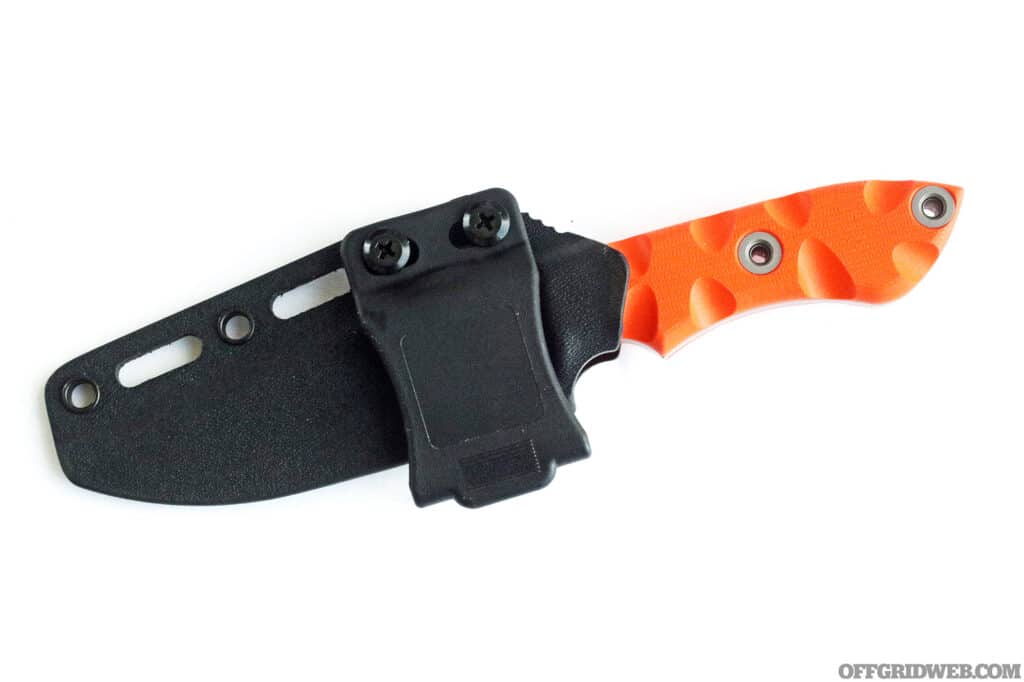
Pros:
- Very light and easy to carry
- Fantastic balance and works well in the forward and reverse grip
- 80Crv2 is a great steel that’s easy to sharpen and takes a ton of abuse.
Cons:
- It’s great for a small concealable blade, but this model should be made as a full-sized fighting knife.
- These knives are handmade and tend to sell out quickly, so availability can be an issue.
Microtech Knives
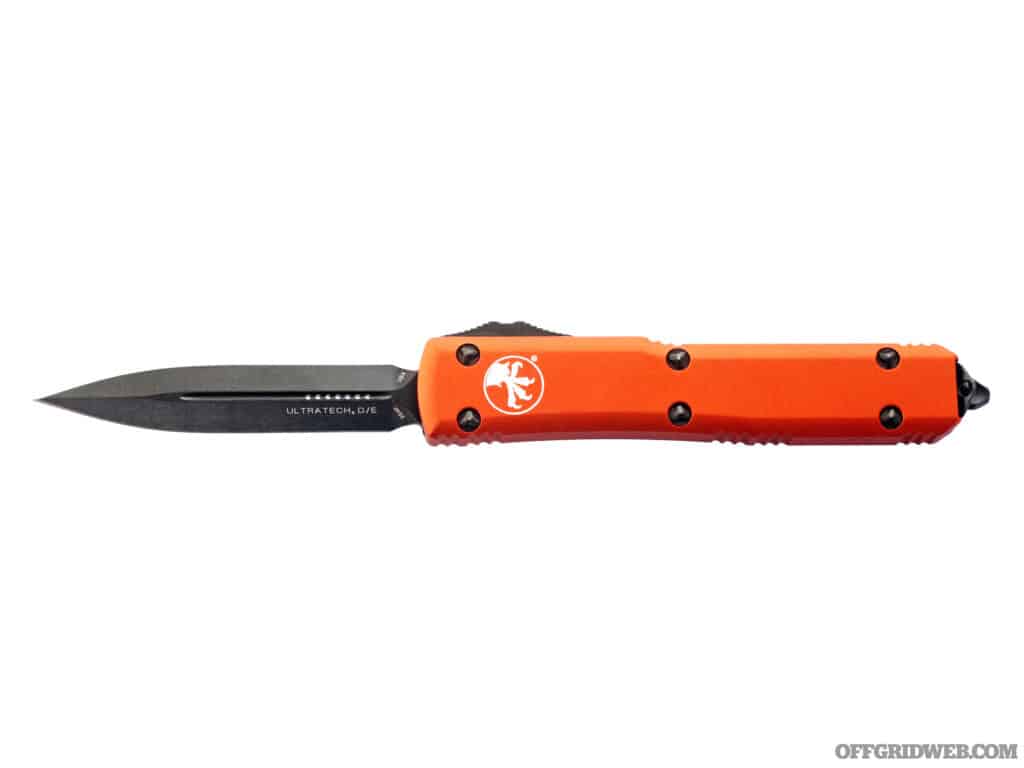
Ultratech DE
The Ultratech series is the flagship of Microtech’s OTF lines of knives. This one has an orange handle and a perfectly symmetrical double-edged blade. The spring in the firing mechanism is designed to remain at rest whether open or closed to reduce wear on the internals. The blade steel on this one is CTS 204 P, which is becoming the steel of choice for a lot of custom and high-end production knives. This knife carries well and the orange anodized handle on this model makes it easy to spot if you drop it. It also gives it a benign rescue look, at least until the automatic blade is deployed.
- Overall length: 8.4 inches
- Blade Length: 3.5 inches
- Weight: 34.5 ounces
- Blade Material: CTS 204 P
- Handle Material: Aluminum
- Price: $308
- URL: microtechknives.com
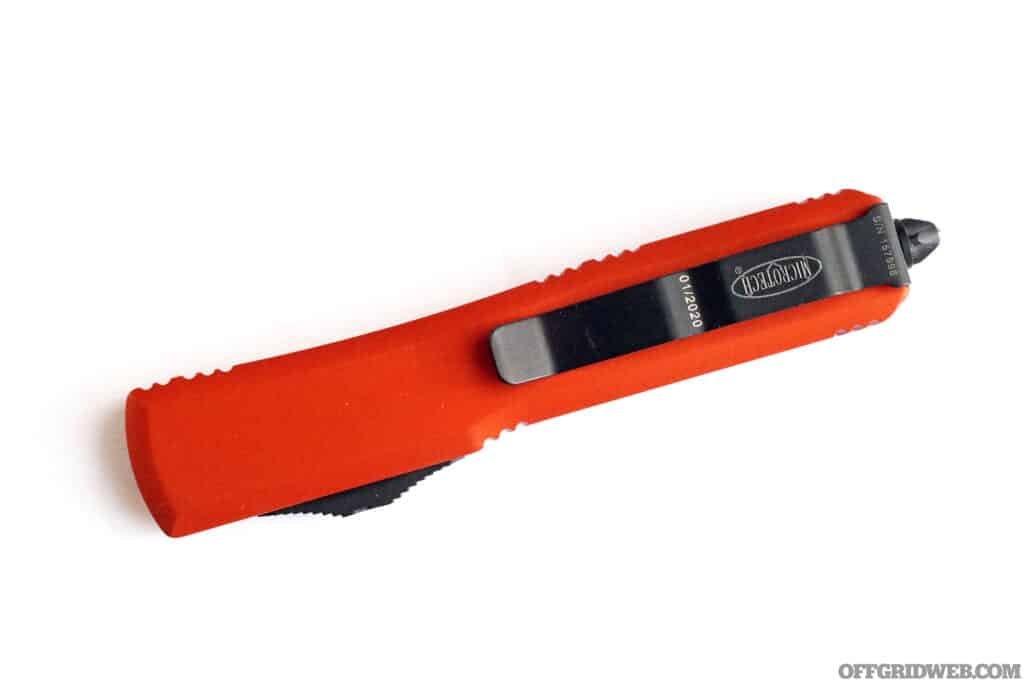
Pros:
- CTS 204 P seems to be a very good steel, and we found it easy to touch up the edge a bit.
- The action is amazing and extremely smooth both opening and closing.
- The handle has comfortable contours and texturing where you need it. Holding it is like shaking hands with an old friend.
Cons:
- One side of the double-edged blade wasn’t as sharp as the other.
- You need a proprietary tool to disassemble the knife.
Spyderco
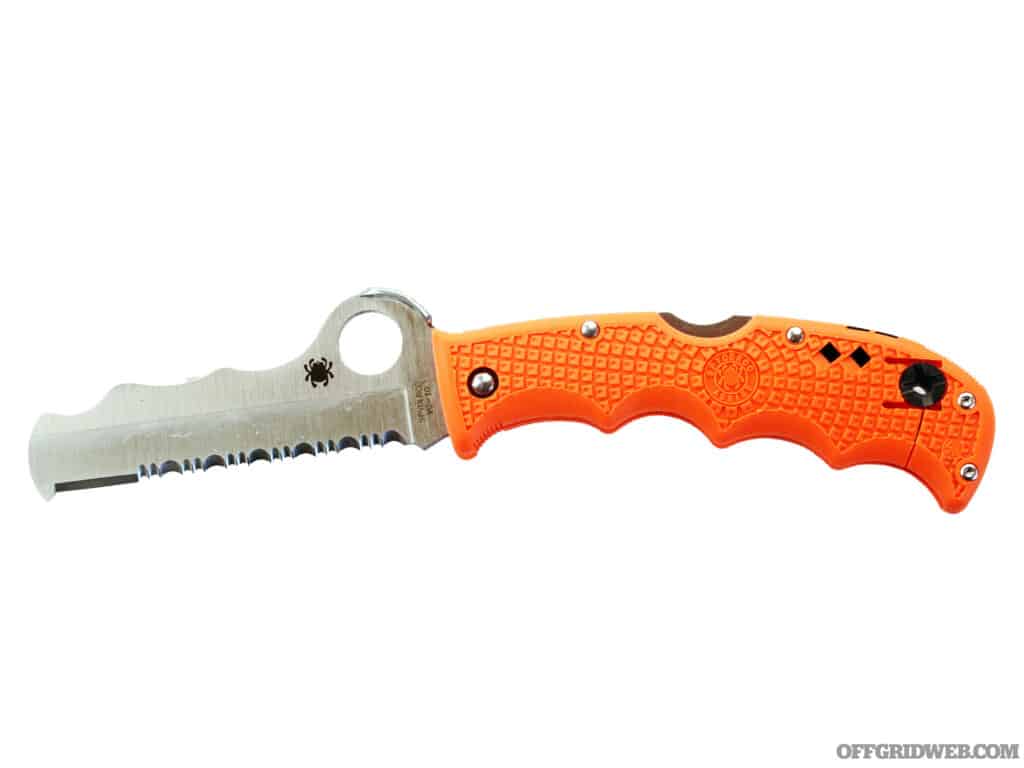
Assist FRN Orange
Spyderco’s Assist was designed for emergency/fire/rescue professionals who rely on their knives. It has a blunt tip to prevent injuries while cutting someone free of a seatbelt or other predicament. It’s mostly serrated, but the first inch of the tip is a straight edge for detailed cutting. The wavy pattern along the top of the blade lets you place a piece of rope between the half-open blade and handle and scissor the blade shut. The safety orange FRN handle is nicely contoured to your palm. In the closed position, squeeze the blade deeper into the handle and a retractable glass breaker protrudes from the base. Outlined in contrasting black on the handle’s spine is a shrill survival whistle.
- Overall length: 8.4 inches
- Blade Length: 3.7 inches
- Weight: 4 ounces
- Blade Material: VG-10
- Handle Material: FRN
- Price: $172
- URL: spyderco.com
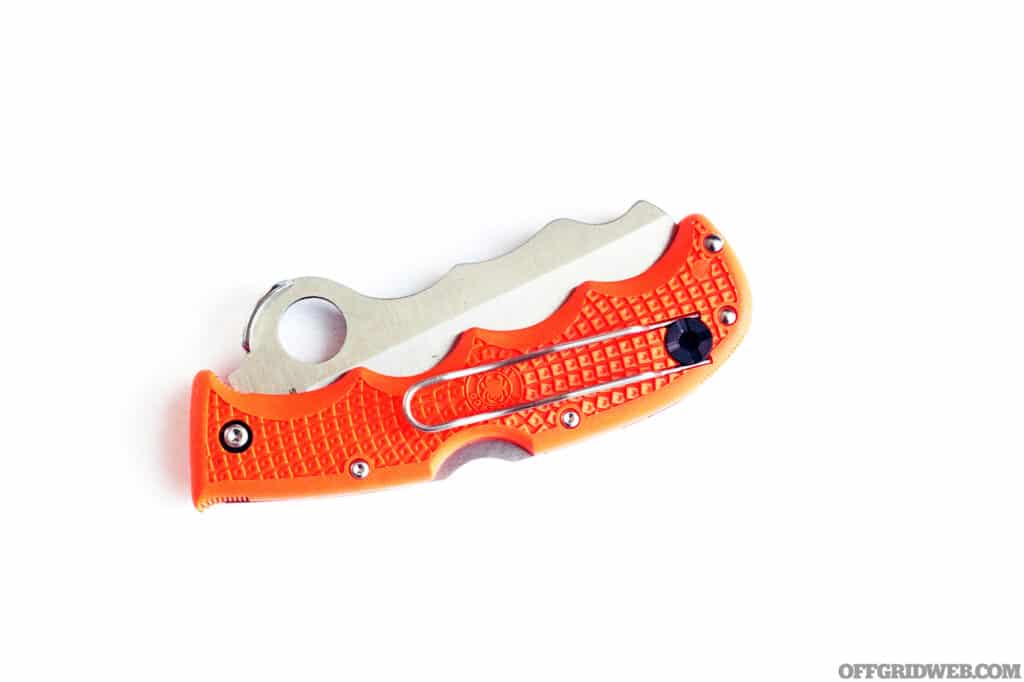
Pros:
- This model is packed with a survival whistle, glass breaker, and a unique scissor action.
- A perfect tool for vehicle emergency kits
- It’s a very safe knife for most people to handle.
Cons:
- If you don’t like serrations, you won’t like this one.
- We’d prefer a lanyard hole instead of the whistle.
Read More
Subscribe to Recoil Offgrid’s free newsletter for more content like this.
- New Knives: Flicker Feather and Scout Feather
- Review: Slip-Joint Knives
- Review: Camp and Field Knives
- Review: Stroup Knives Mini and TU-2
- Pocket Preps: Small Pocket Knives
Editor’s Note: This article has been modified from its original print version for the web.

